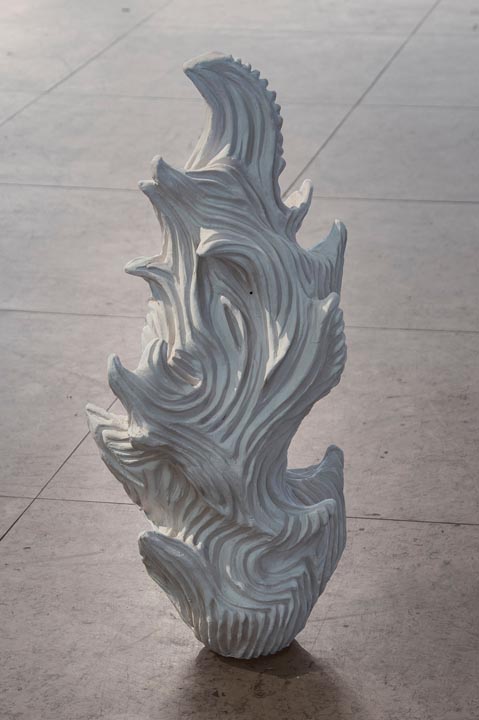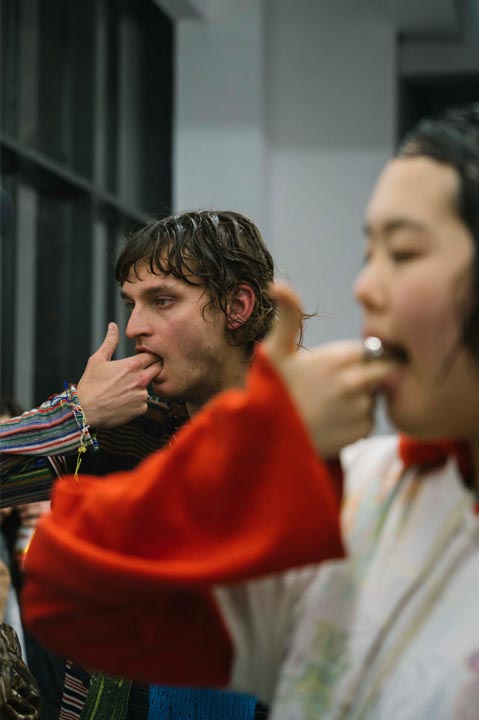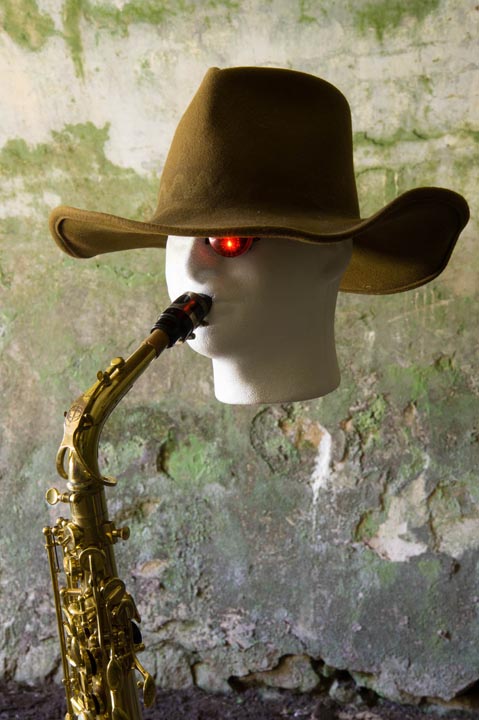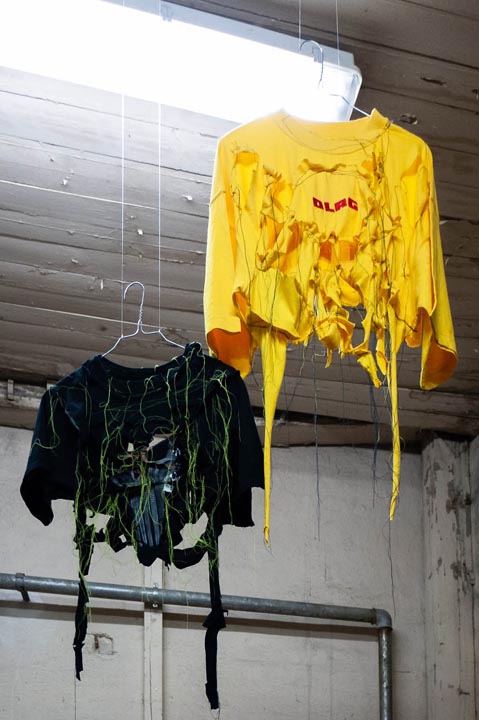OFLUXO
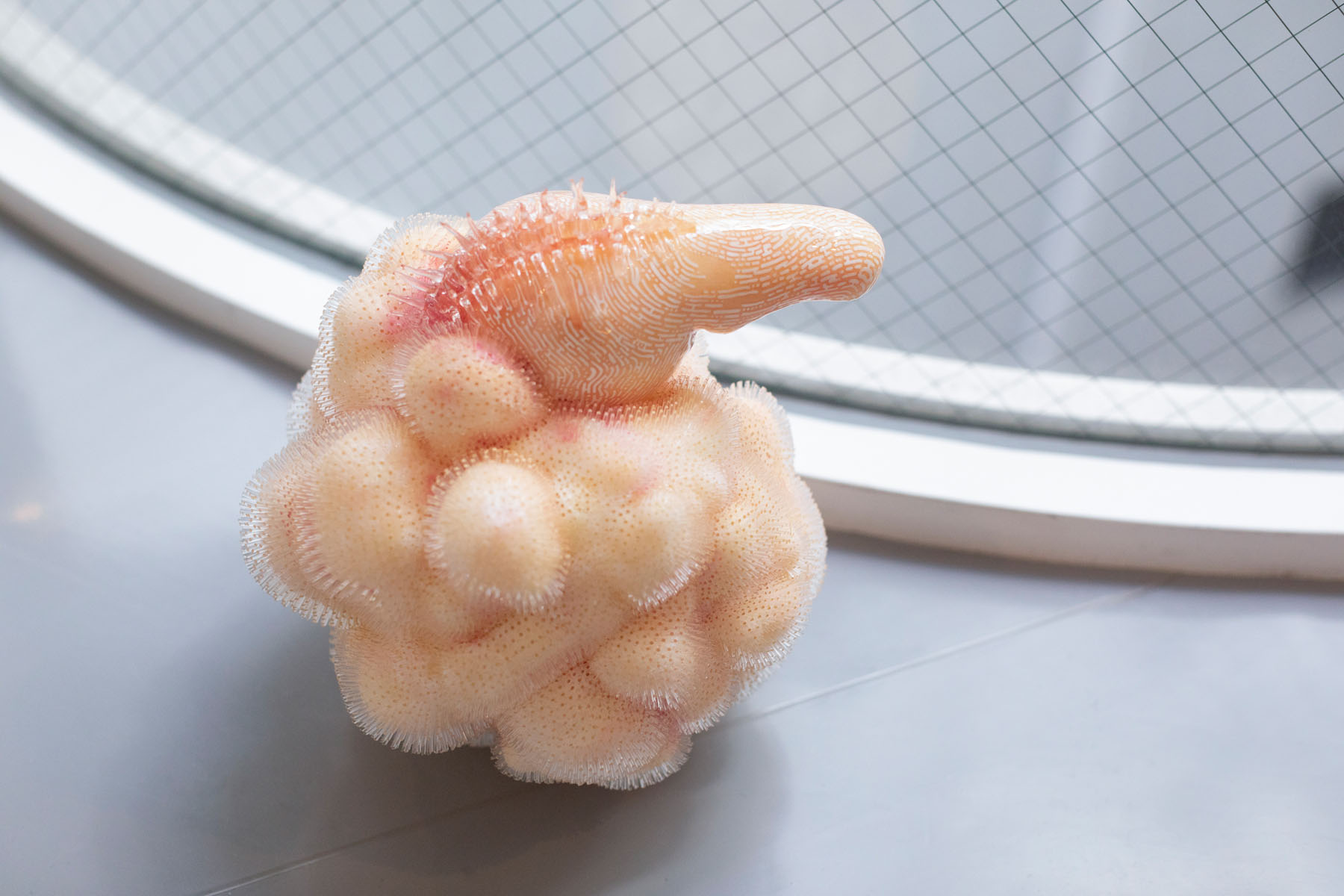
TETSUO’S BODY
Michele Bazzoli, Matteo Gatti, Ayako Hirogaki, Francesco Pacelli, Andrea Samory
Off-site collective exhibition curated by Andrea Samory
Photos by Martin Holtkamp and Maaserhit Honda
Starting from the late Seventies, several economic, social and political phenomena contributed in creating a “dystopian” cultural trend, especially in the field of cinema and comics, where the future world is represented not as the effect of an idyllic development at a high technological level, but as a hell of terror where the rise of scientific progress goes hand in hand with the nightmares of a nihilistic and manipulative society. Many examples can be cited, from the post-apocalyptic distortions of the Mad Max saga (1979) to the disorienting civilization of Blade Runner (1982), moving through the Xenomorph drawings (1979) by H.R. Giger. In the finale of the movie Akira (1988), the body of the character Tetsuo turns into a huge shapeless and tentacular amoeba capable of engulfing the entire universe, while in eXistenZ (1999) by David Cronenberg, cyberpunk is morphologically integrated with the organic and everything becomes a connection system both real and virtual. In all these cases the determining factor is that the dystopian element, at once disturbing and destructive, is made manifest by a deformation of the body. It is hence within this bio-horror reality that the collective exhibition Tetsuo’s body investigates how corporality could be affected, remodeled and multiplied by the historical split that an entire generation is now undergoing: on one hand, the environmental and political catastrophism of the present, and on the other, the almost fideistic promise of a future completely redeemed by technology. Stuck in the middle, the flesh is deformed by these two morbidly rhetorical and unrealistic perspectives.
The “Assemblage Theory 2.0”* developed by Manuel De Landa, namely the tendency to assemble apparently unrelated bodies- simulated anatomical portions, inorganic elements, vegetal and animal structures, digital devices, instruments, proliferating cellular enlargements, fabrics and tools of various kinds, etc.- seems to define the polymorphic-dystopian body in perhaps the most accurate way. De Landa’s proposal establishes a very clear distinction between organism and assemblage. Both indicate entities produced by the integrated union of heterogeneous parts, but unlike the organism, an assemblage also includes the possibility of incorporating any kind of cosmic component, therefore also inorganic. Everything, from the molecule to the ecosystem, can be conceived as an assemblage. Furthermore, the assemblage is the result of an operation of interlocking, confusion and montage that unites whilst maintaining the distinctions. The material synthesis of the assemblage, in fact, is an extreme symbiosis between living and non-living elements, instilling in the material, not without irony, a desire for a future that has sometimes the character of nightmare.
Similarly, the assemblage emerges in the off-site exhibition as a mad plastic ecosystem that produces unexpected and deformed connections within the pristine and identical pods of a Capsule Hotel in Tokyo. The stake, as in the Tetsuo’s Body project, is not to propose linear hierarchies or filiations, but to contaminate objects and fears, inventing and propagating, through a polymorphic and dystopic extension of the body, an incurable epidemic of matter.
— Marcello Barison
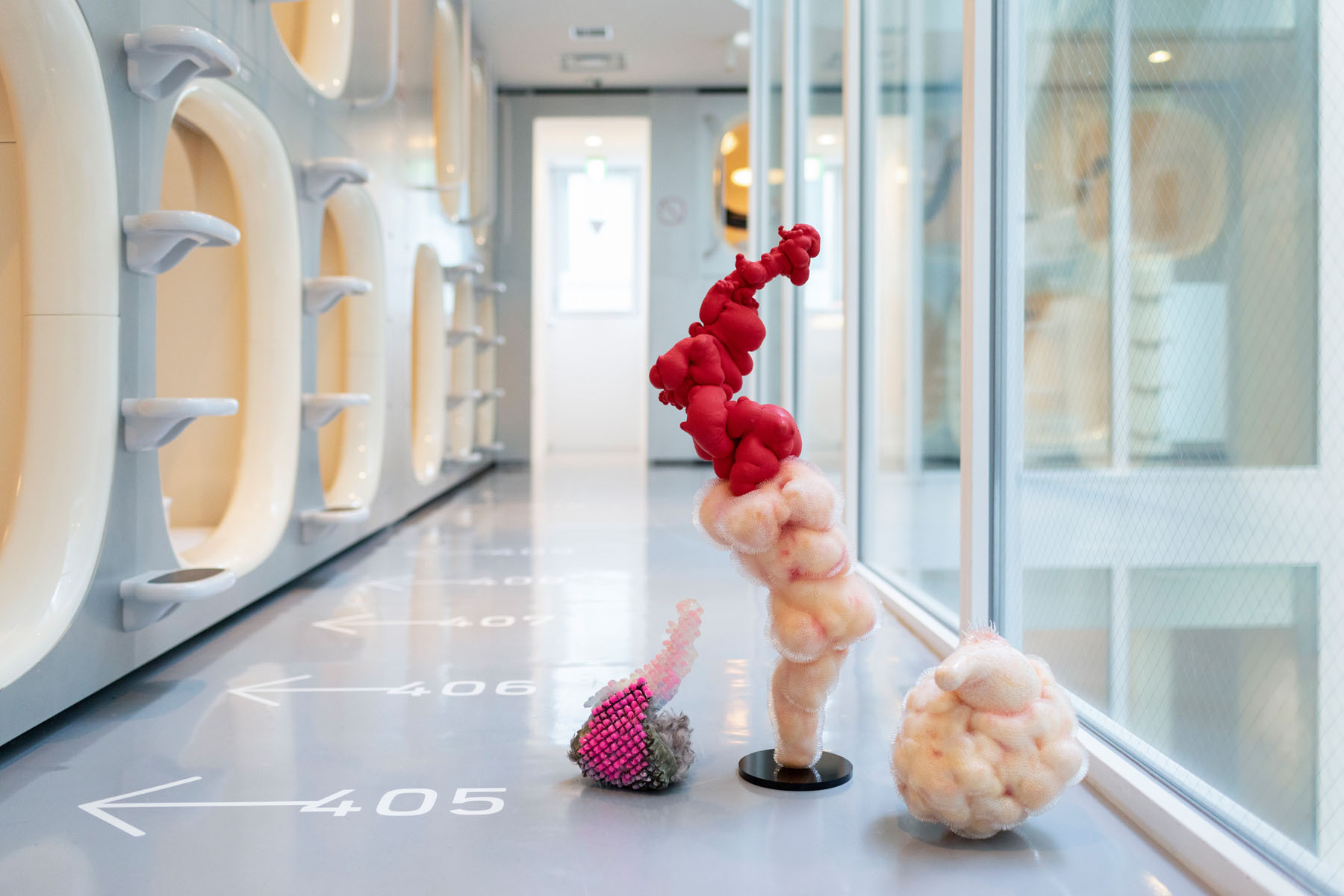
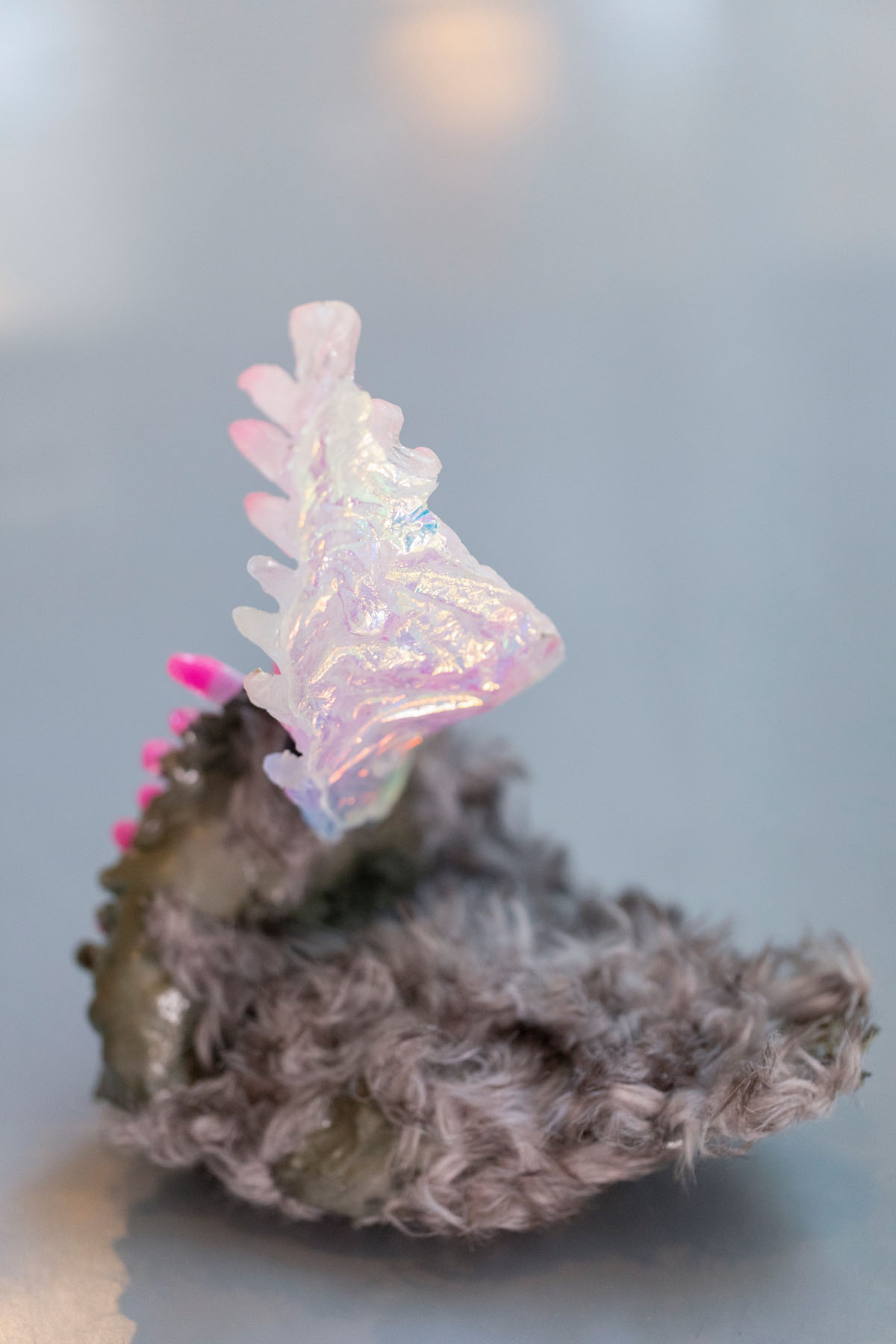
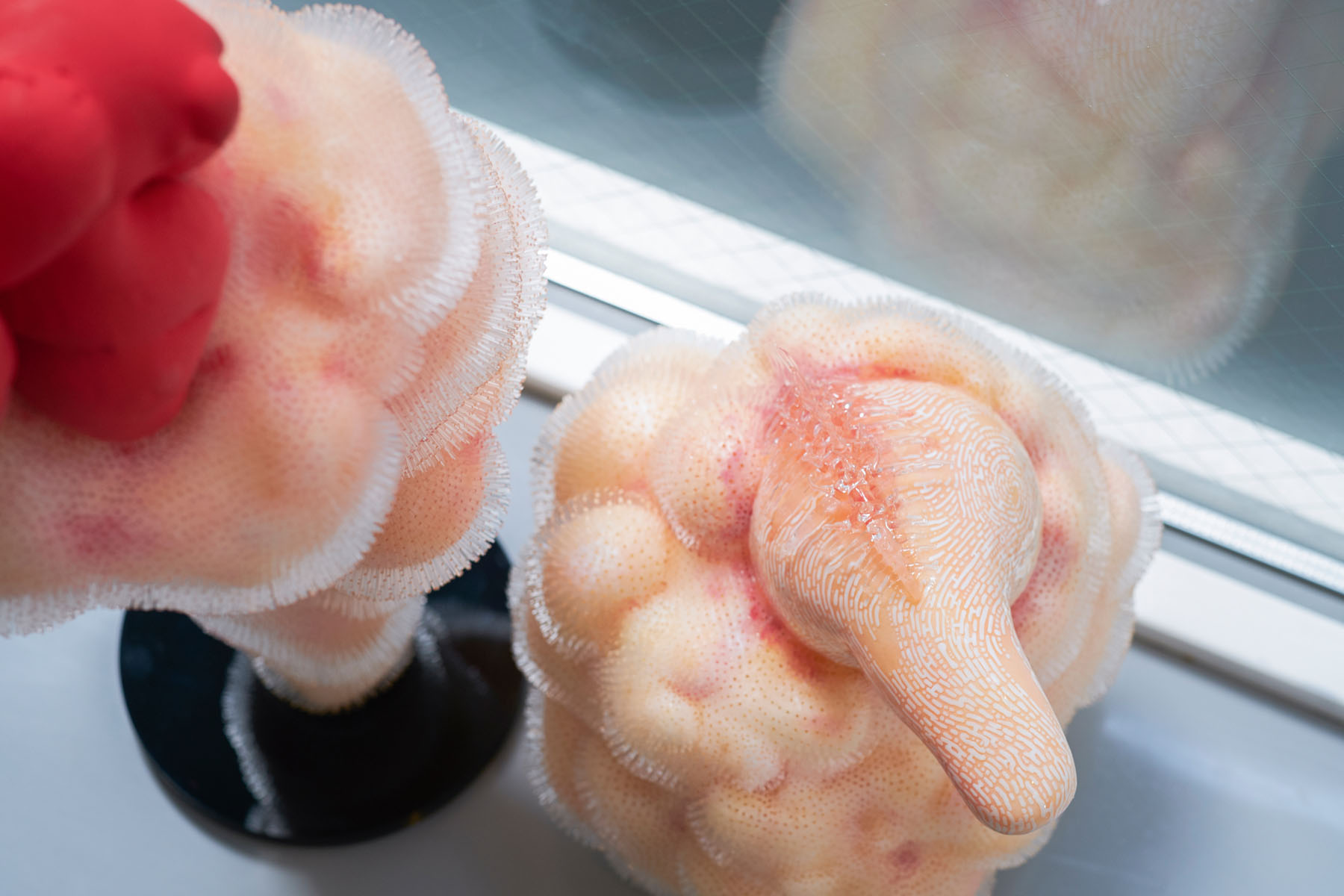
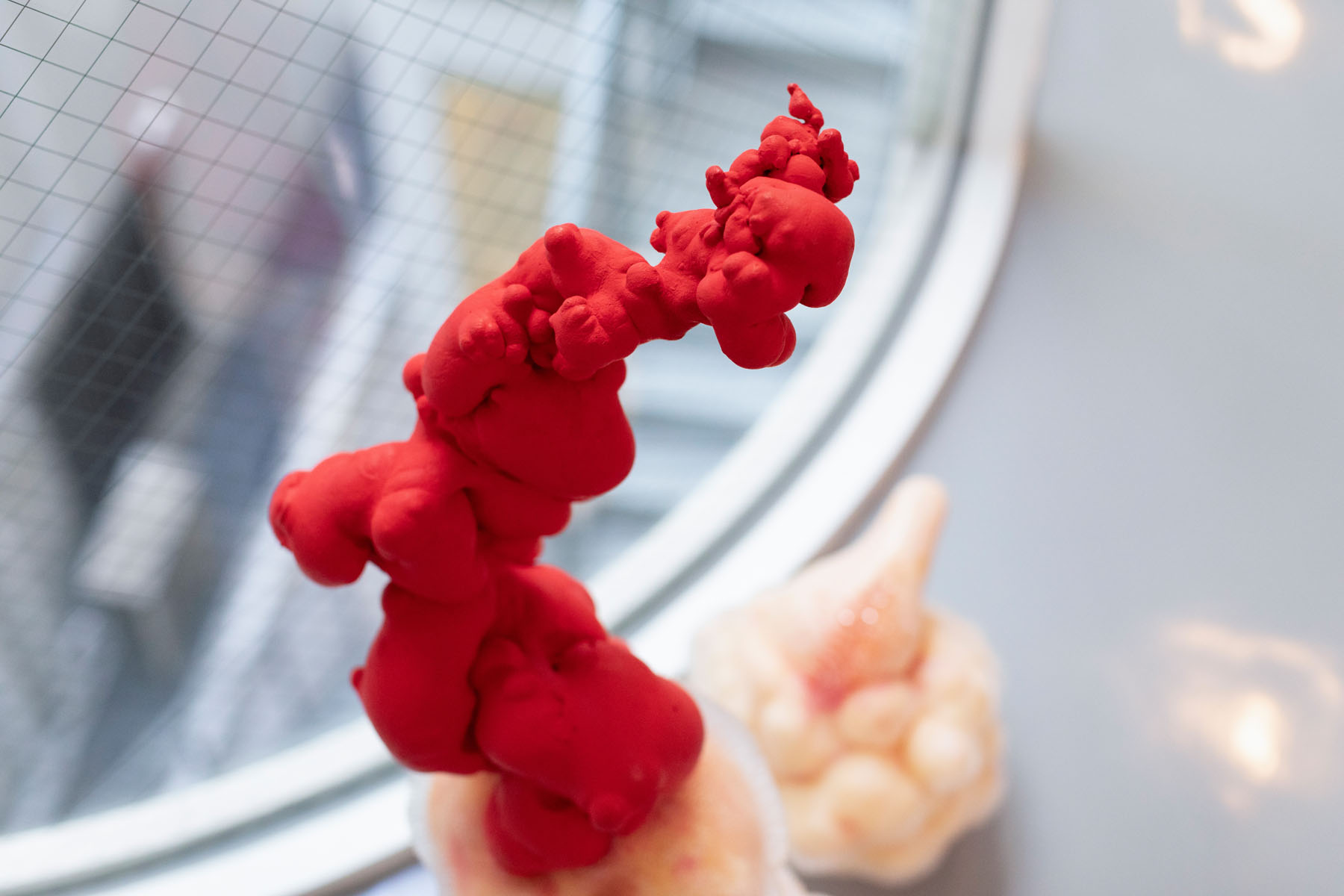
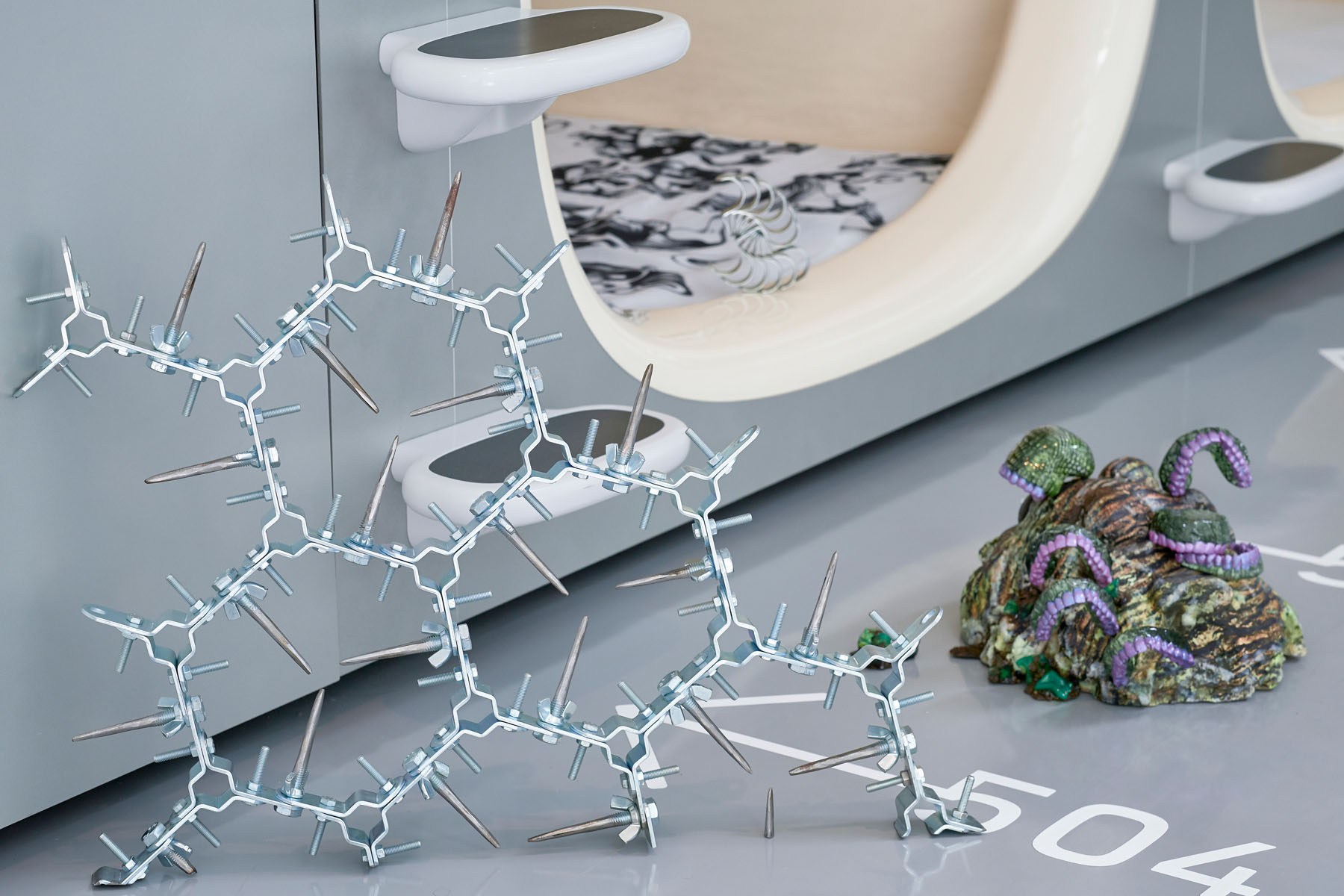
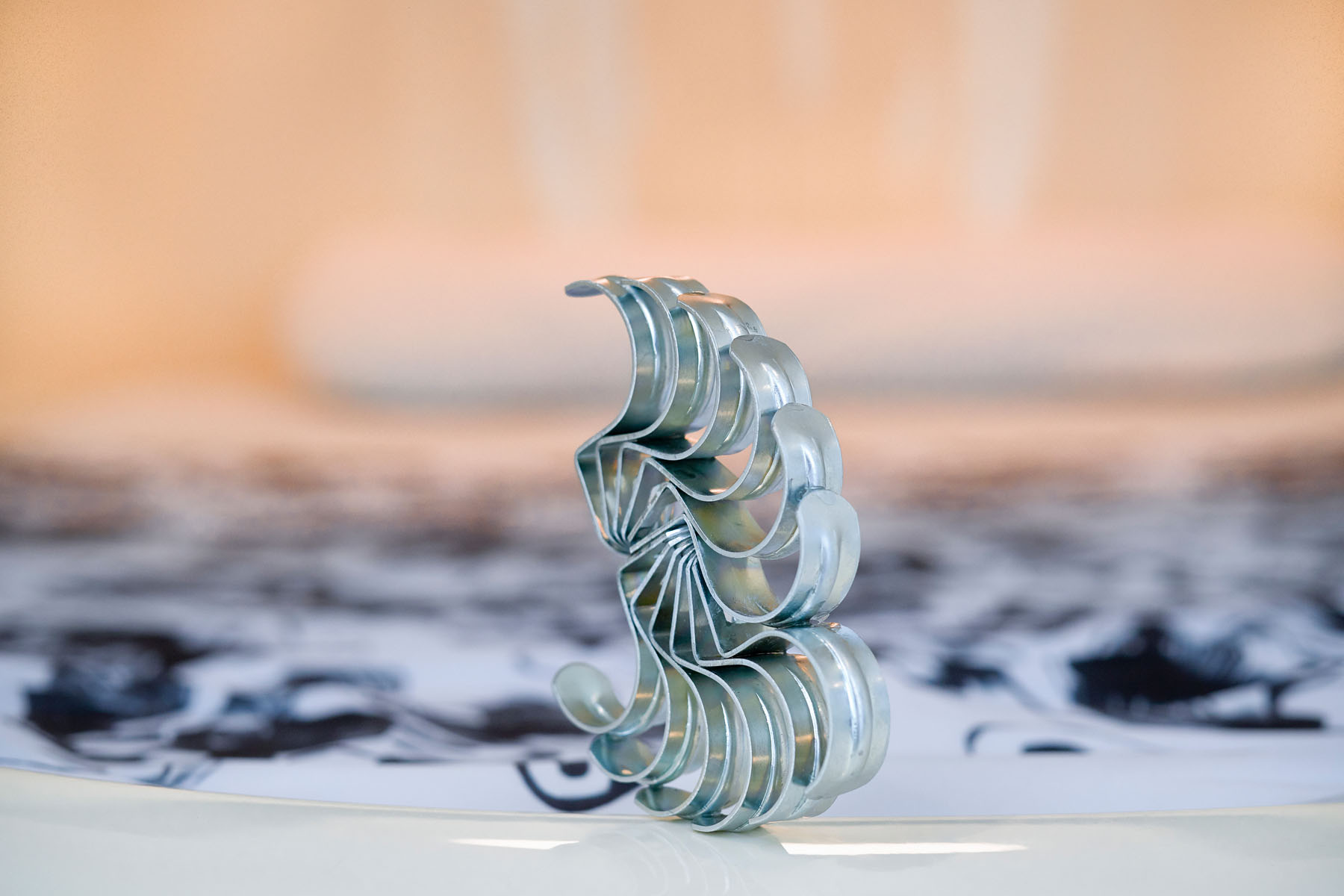
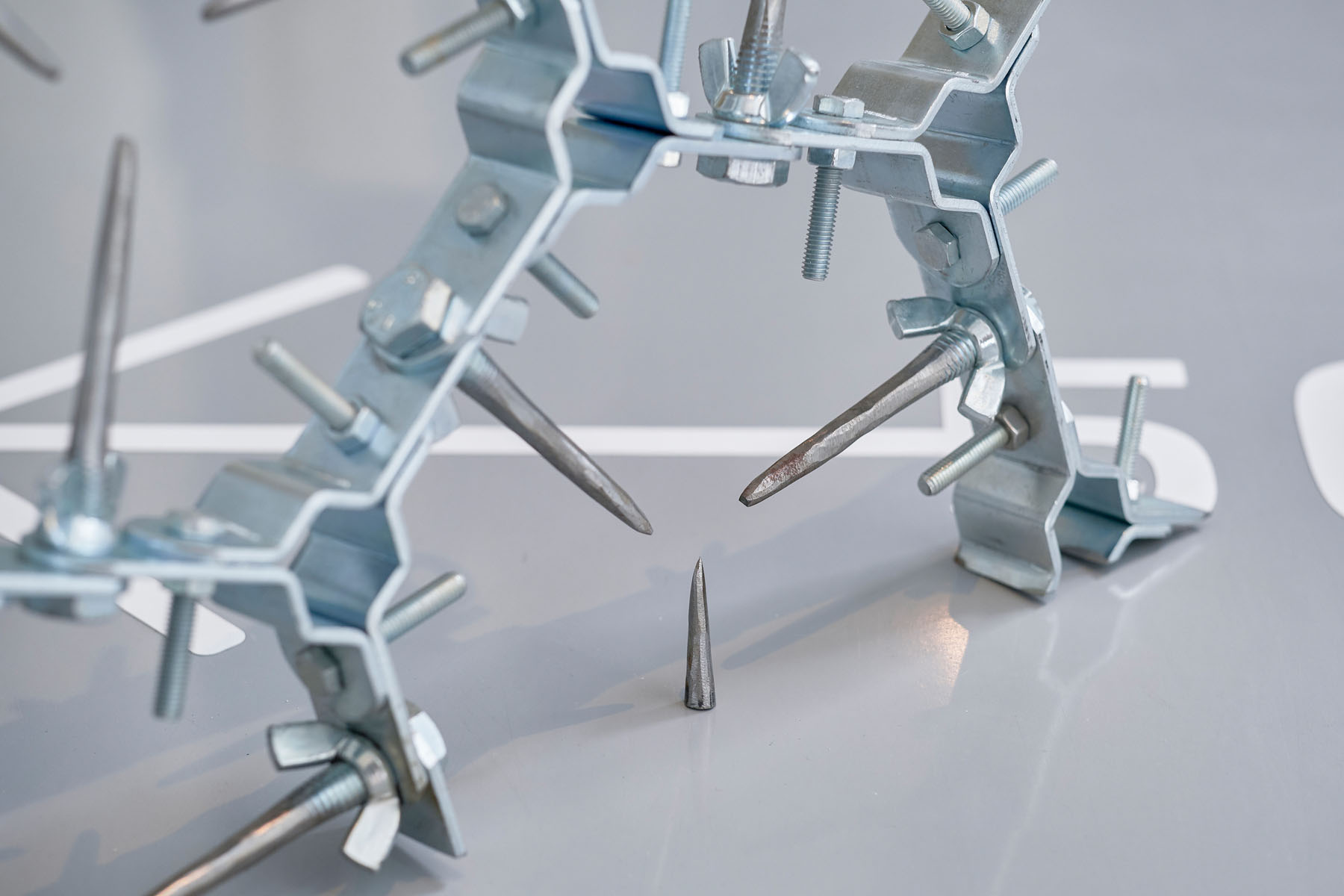
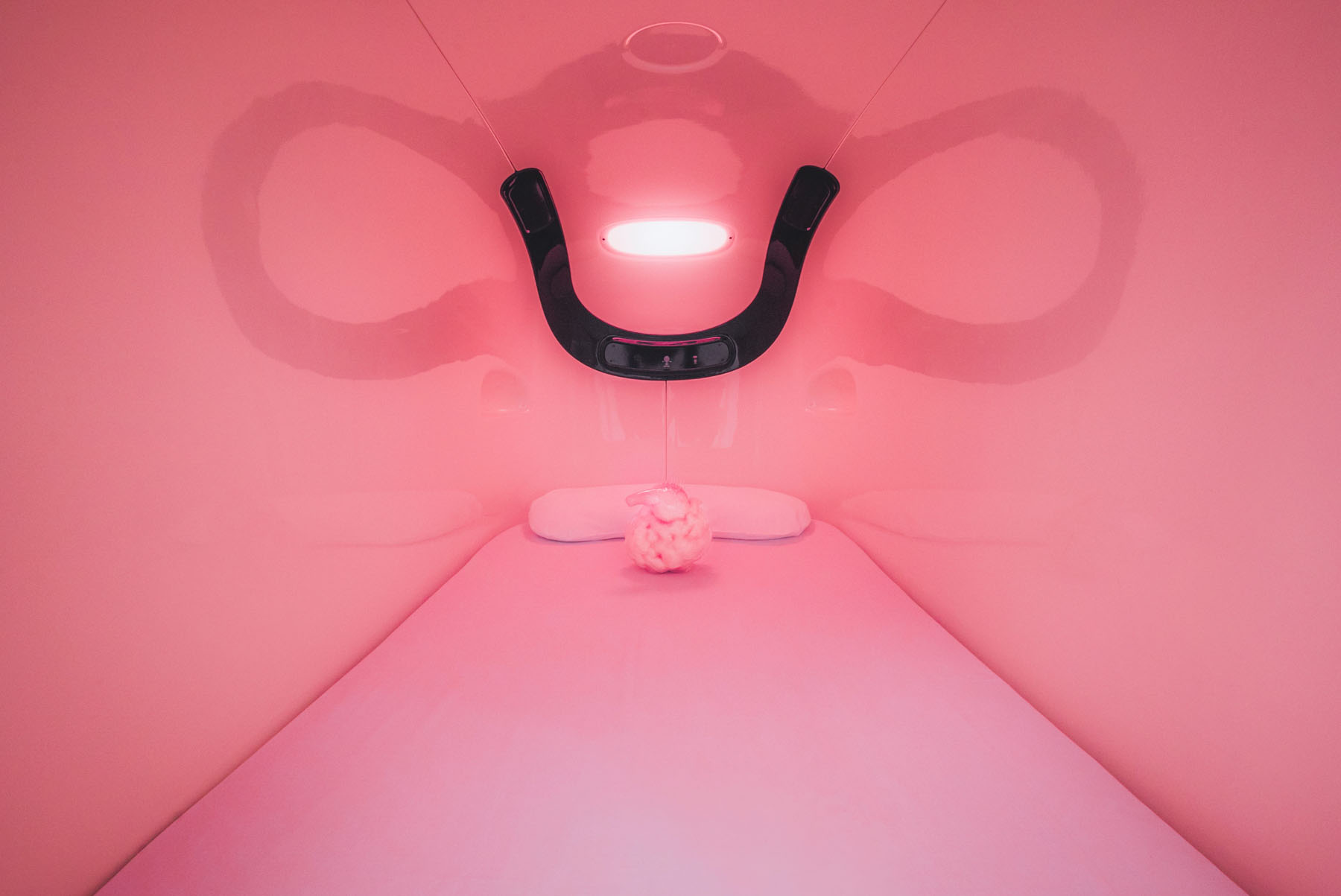
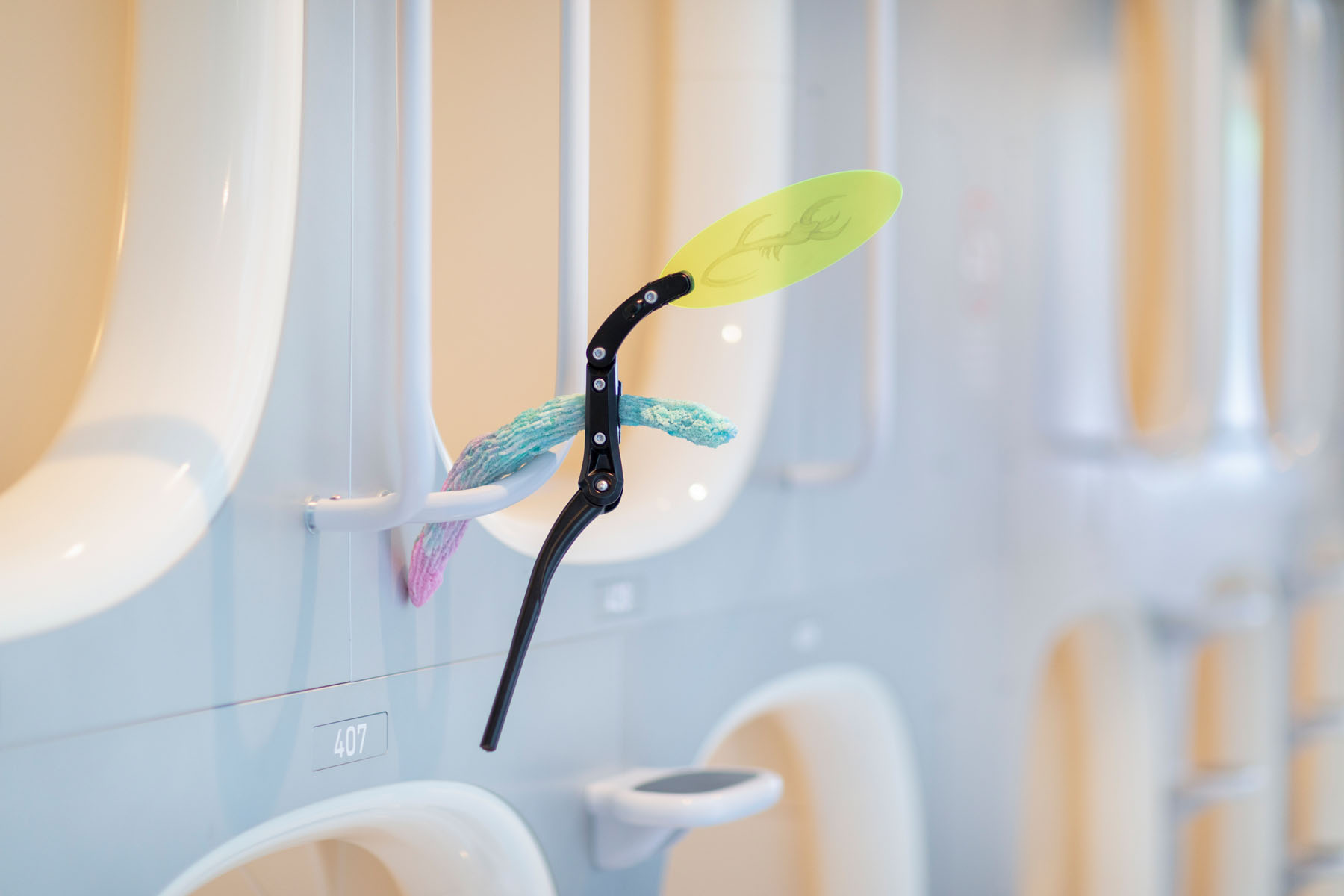
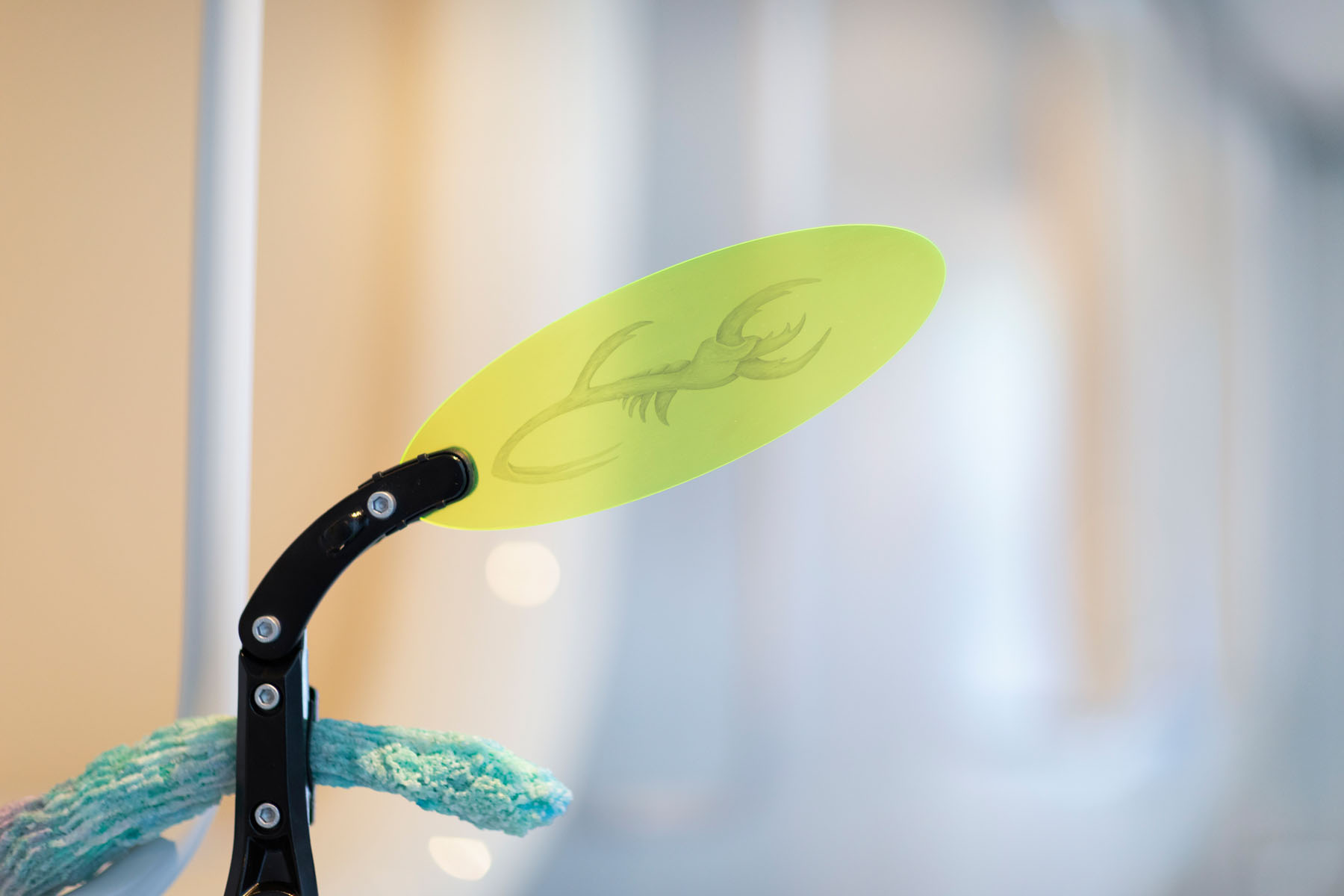
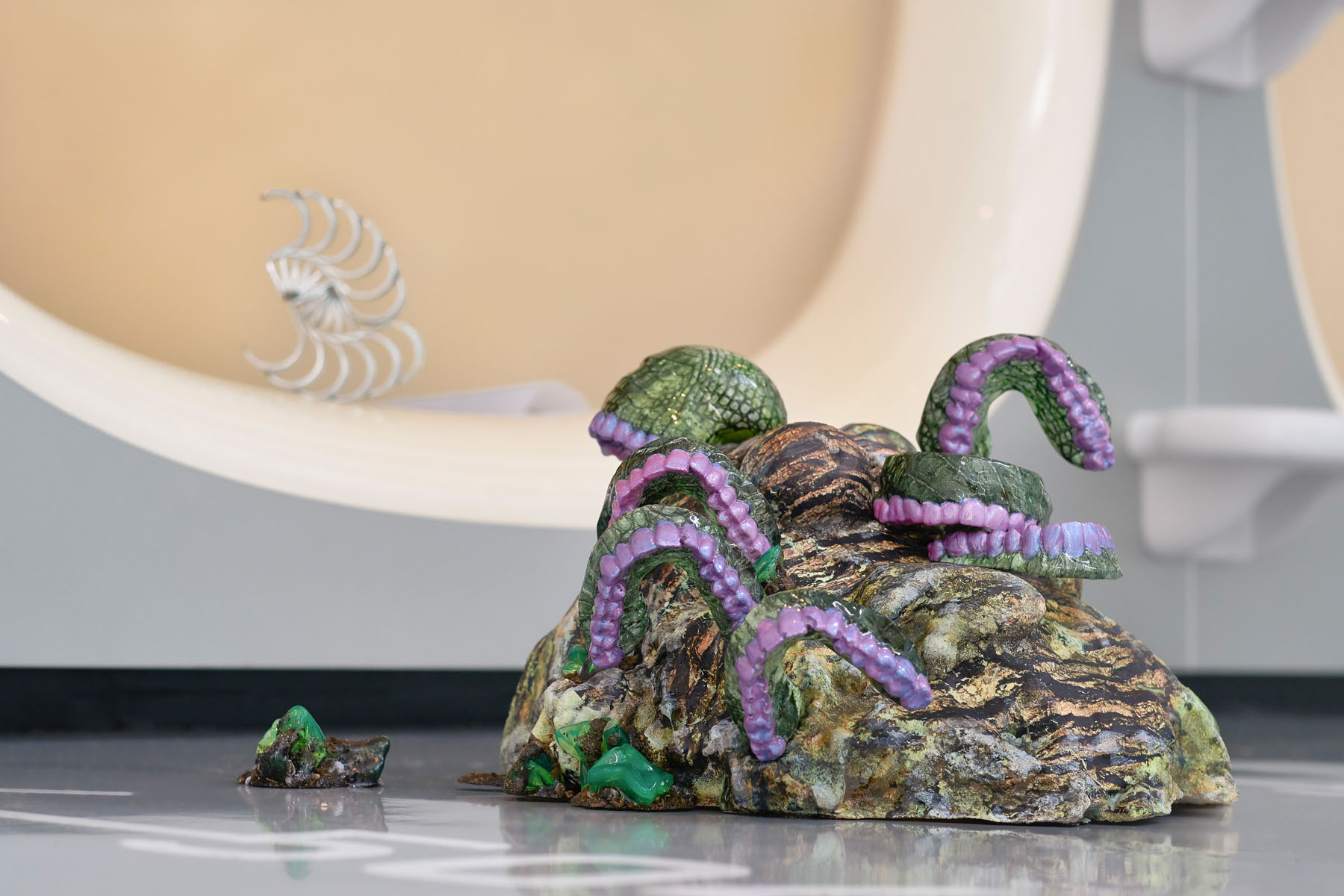
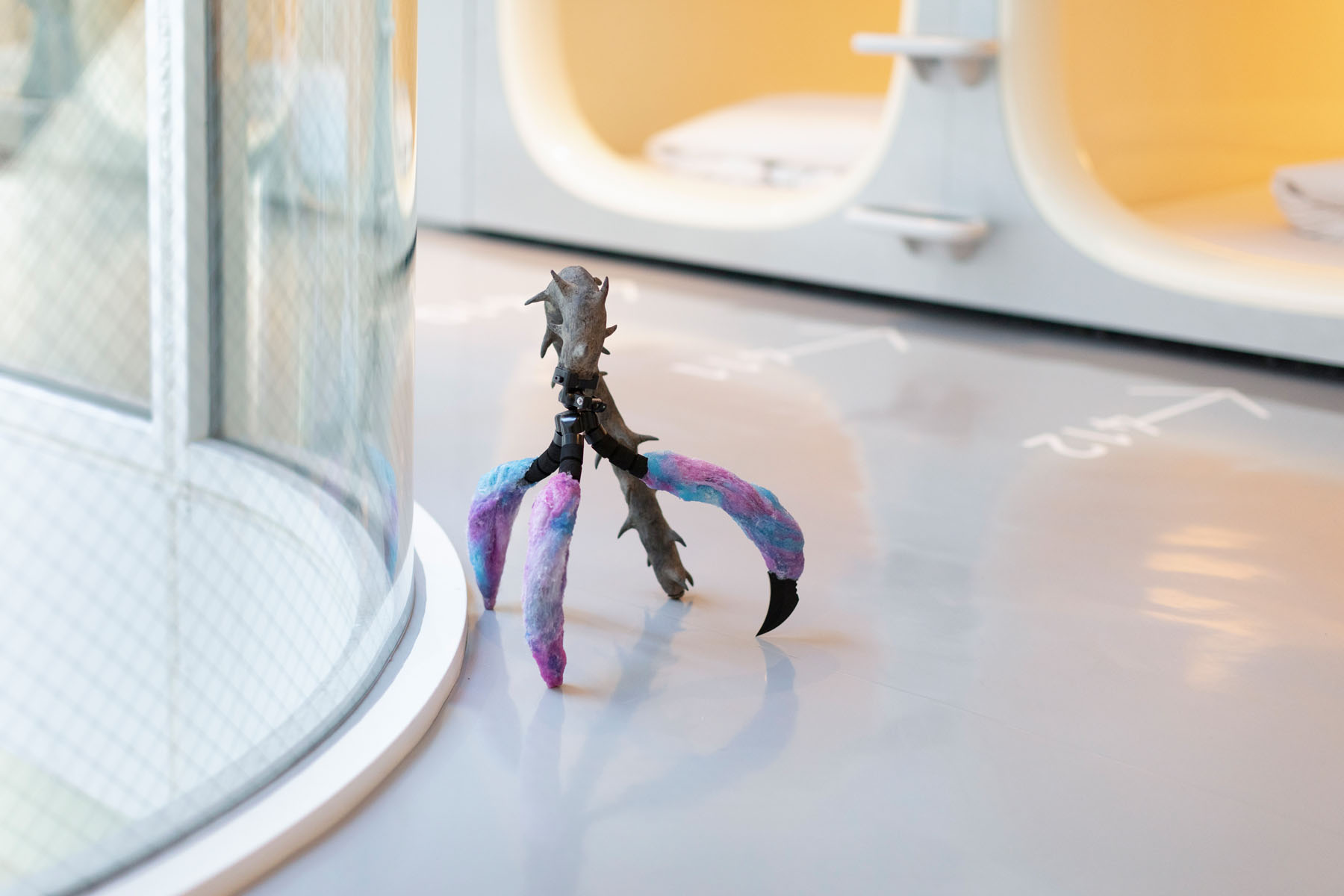
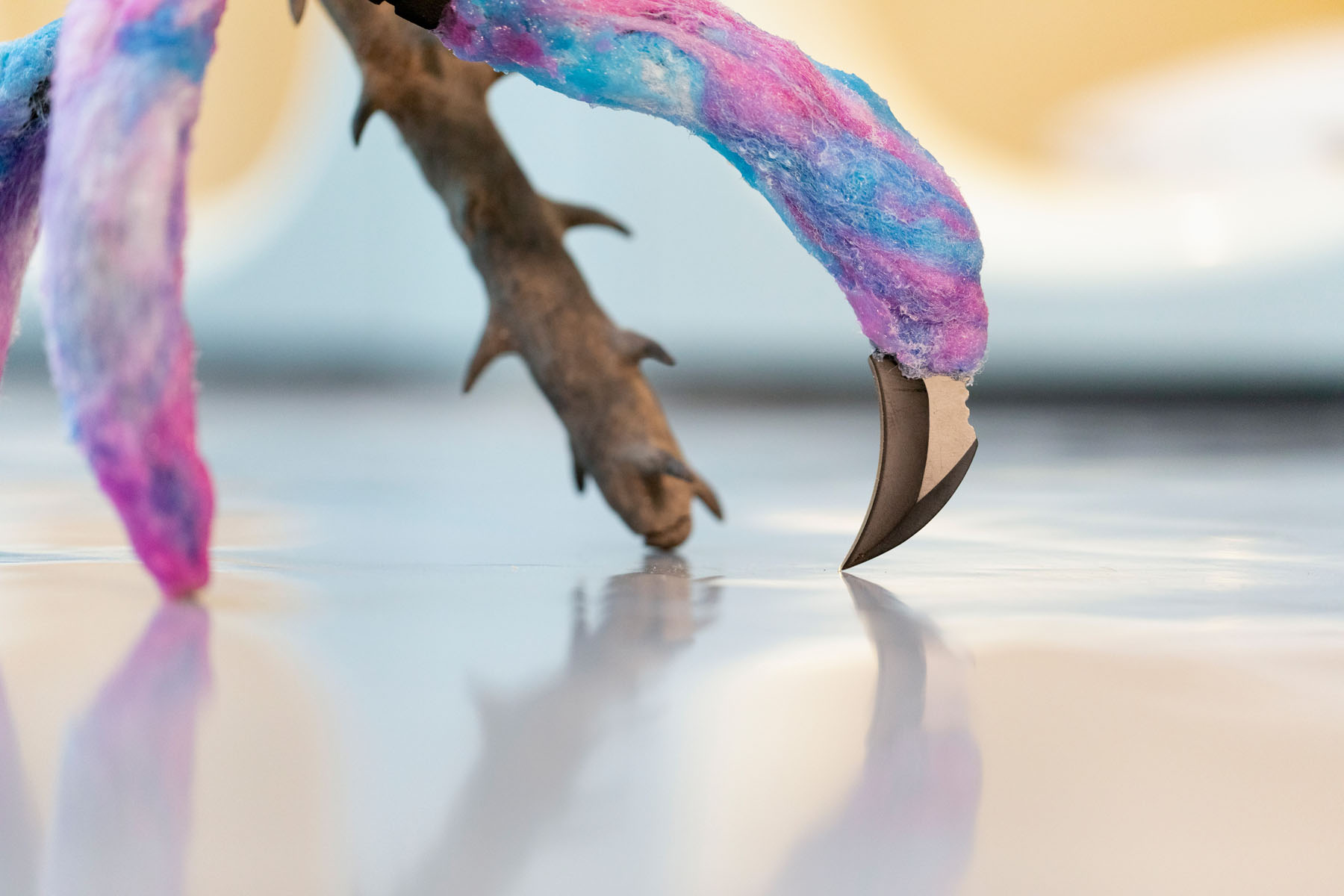
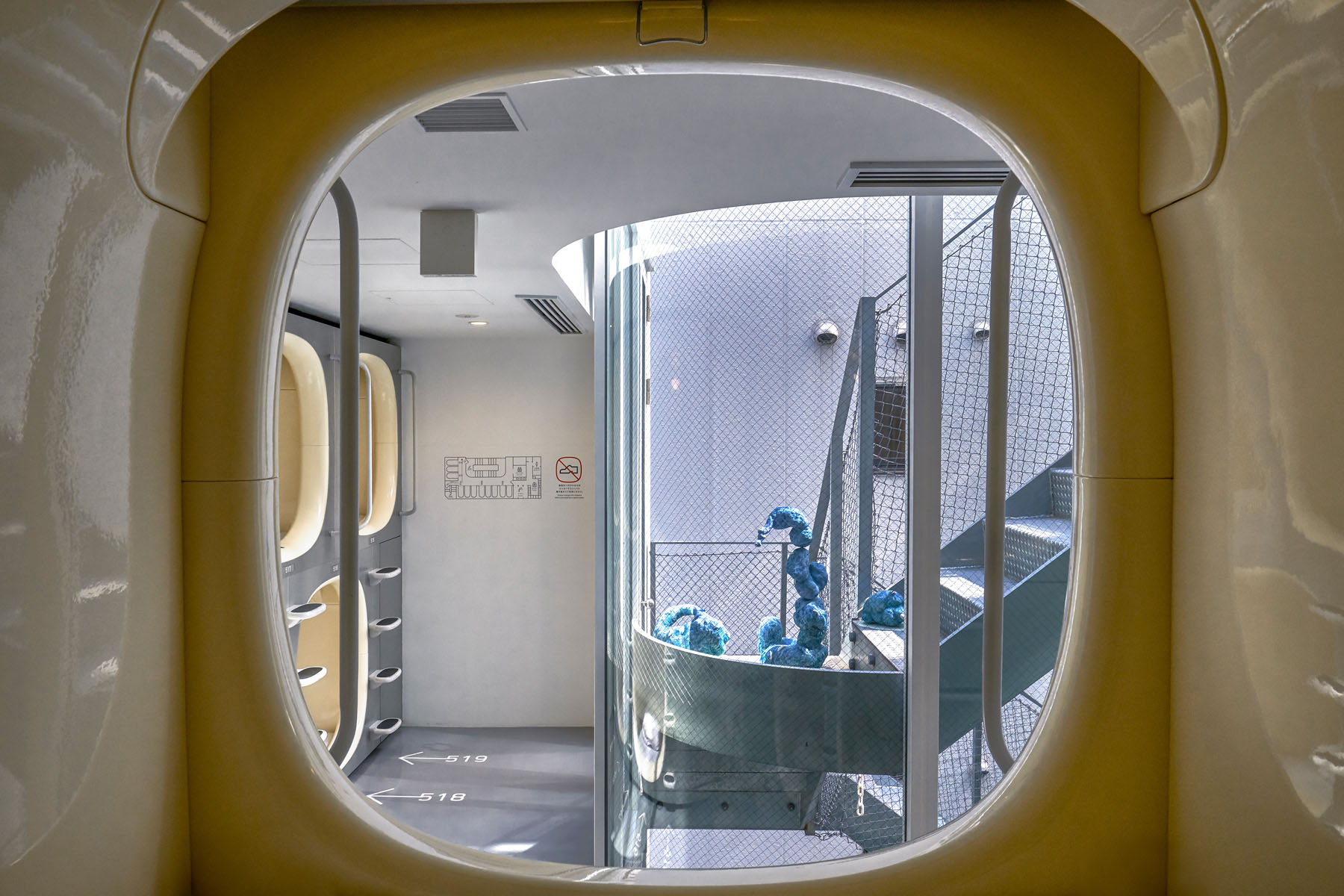
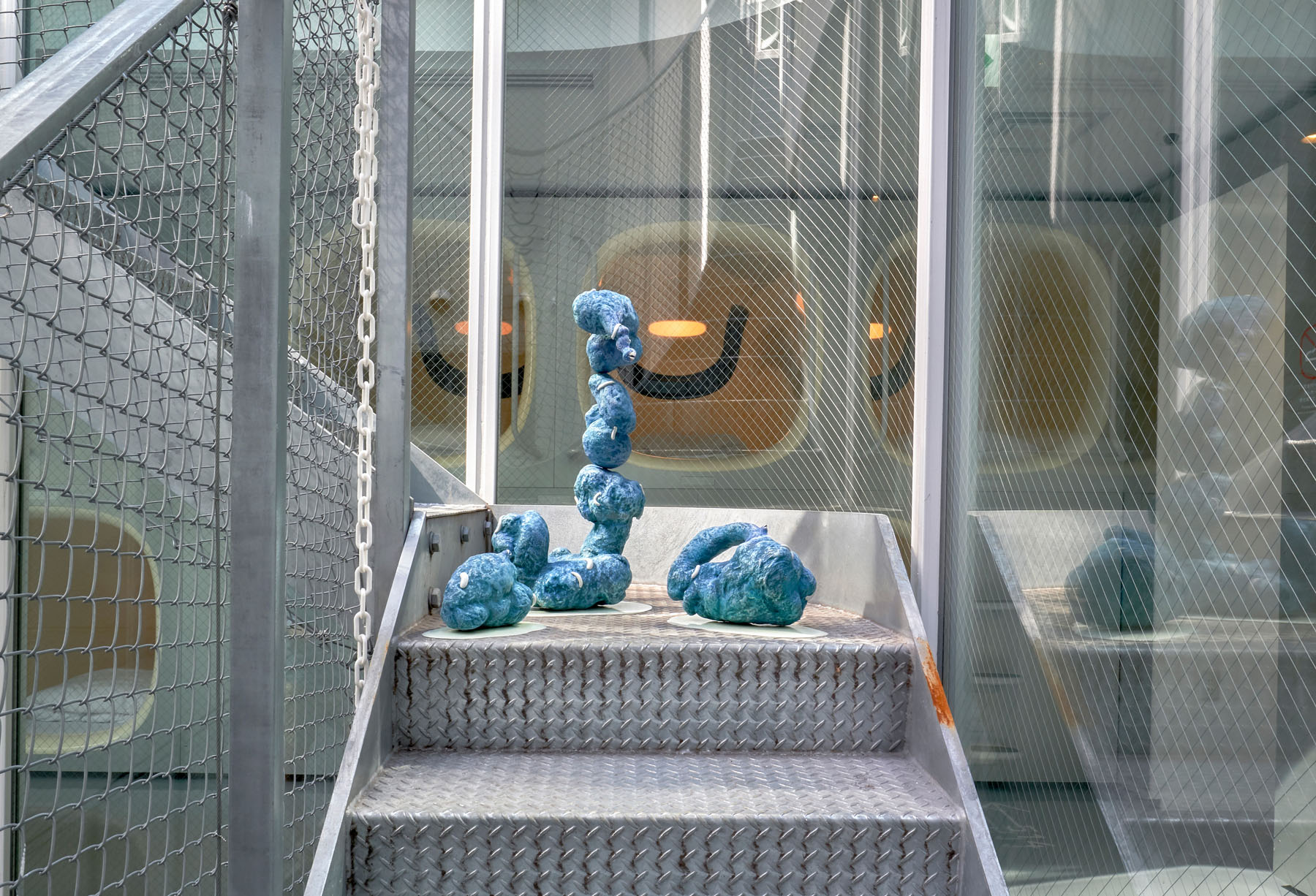
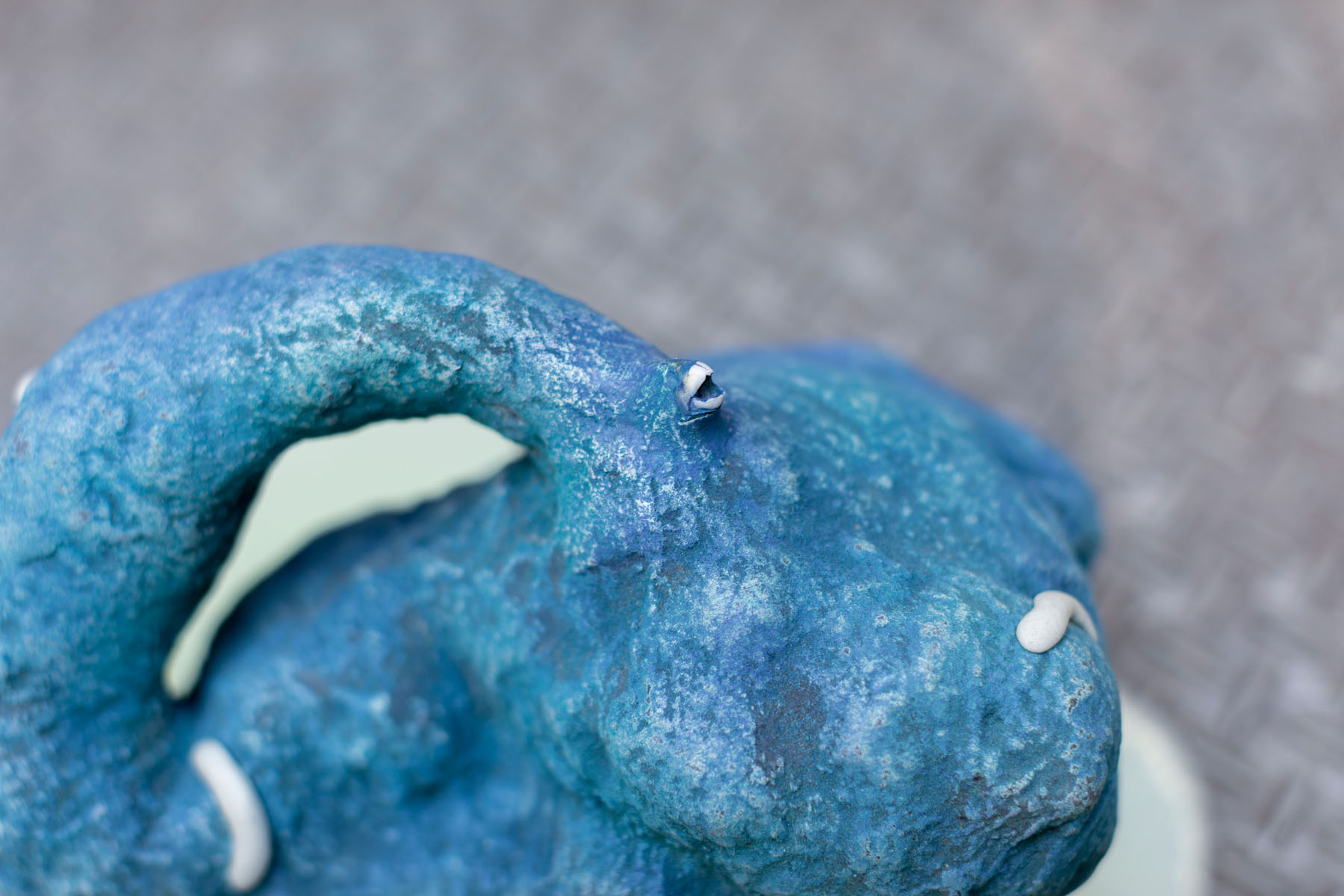
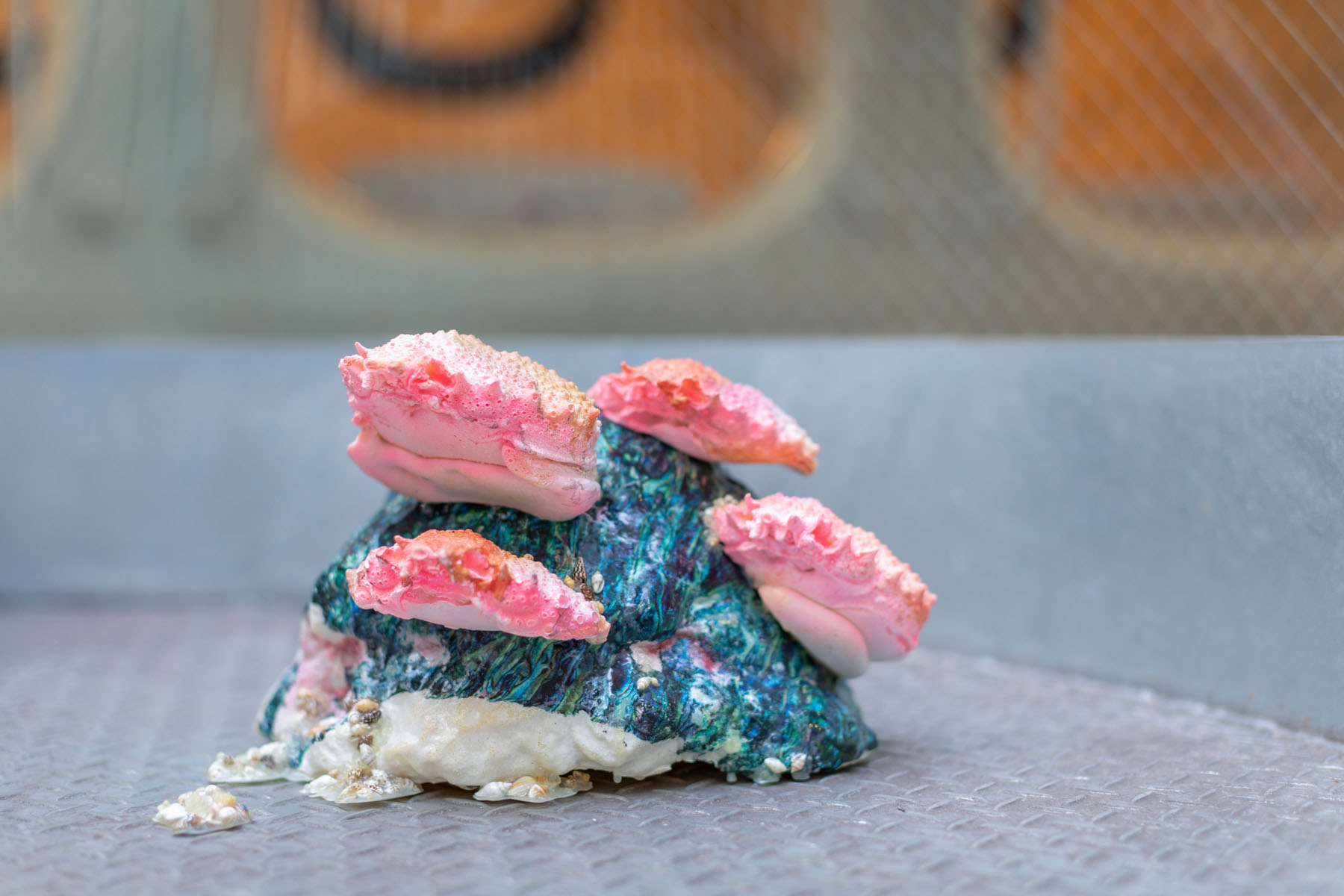
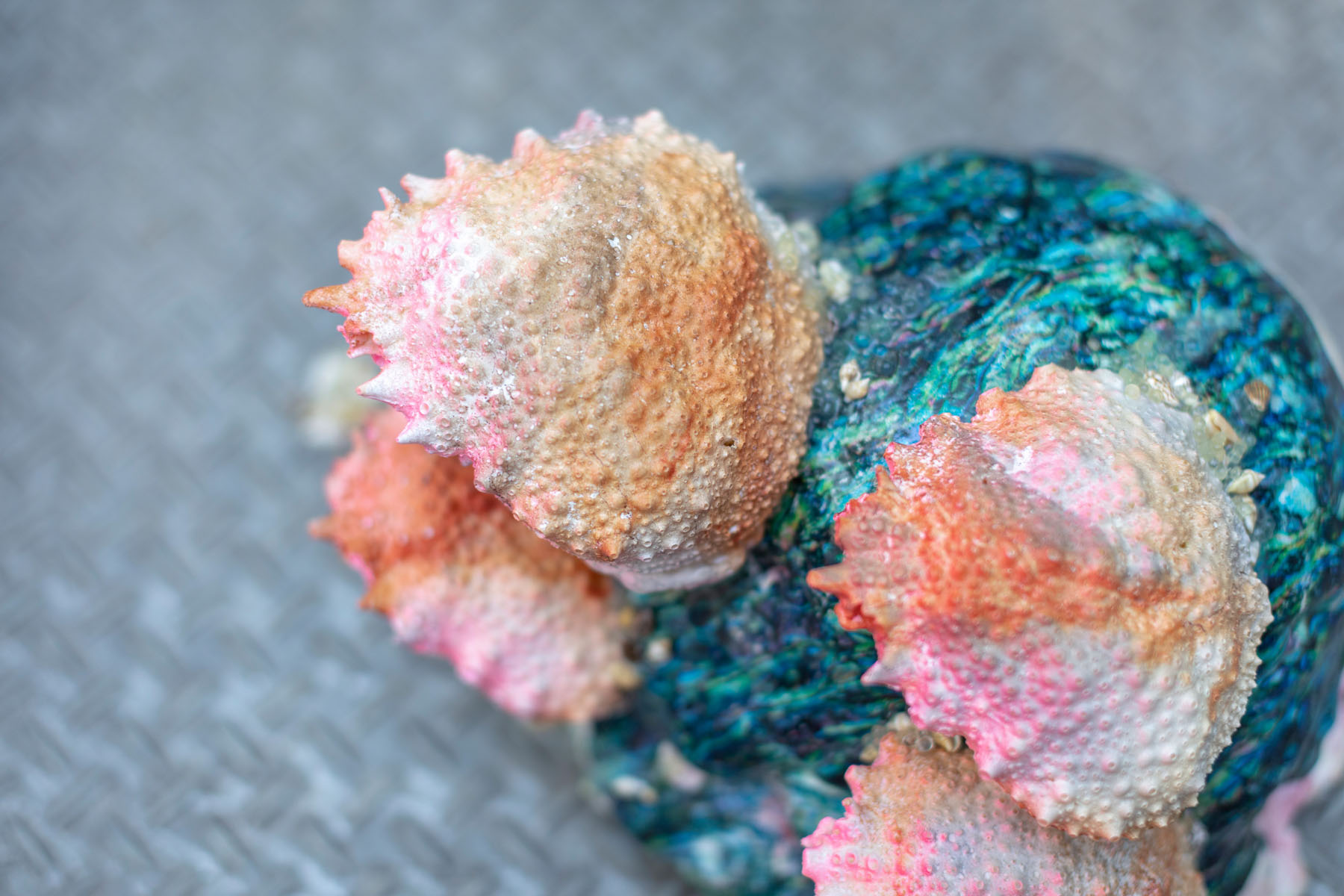
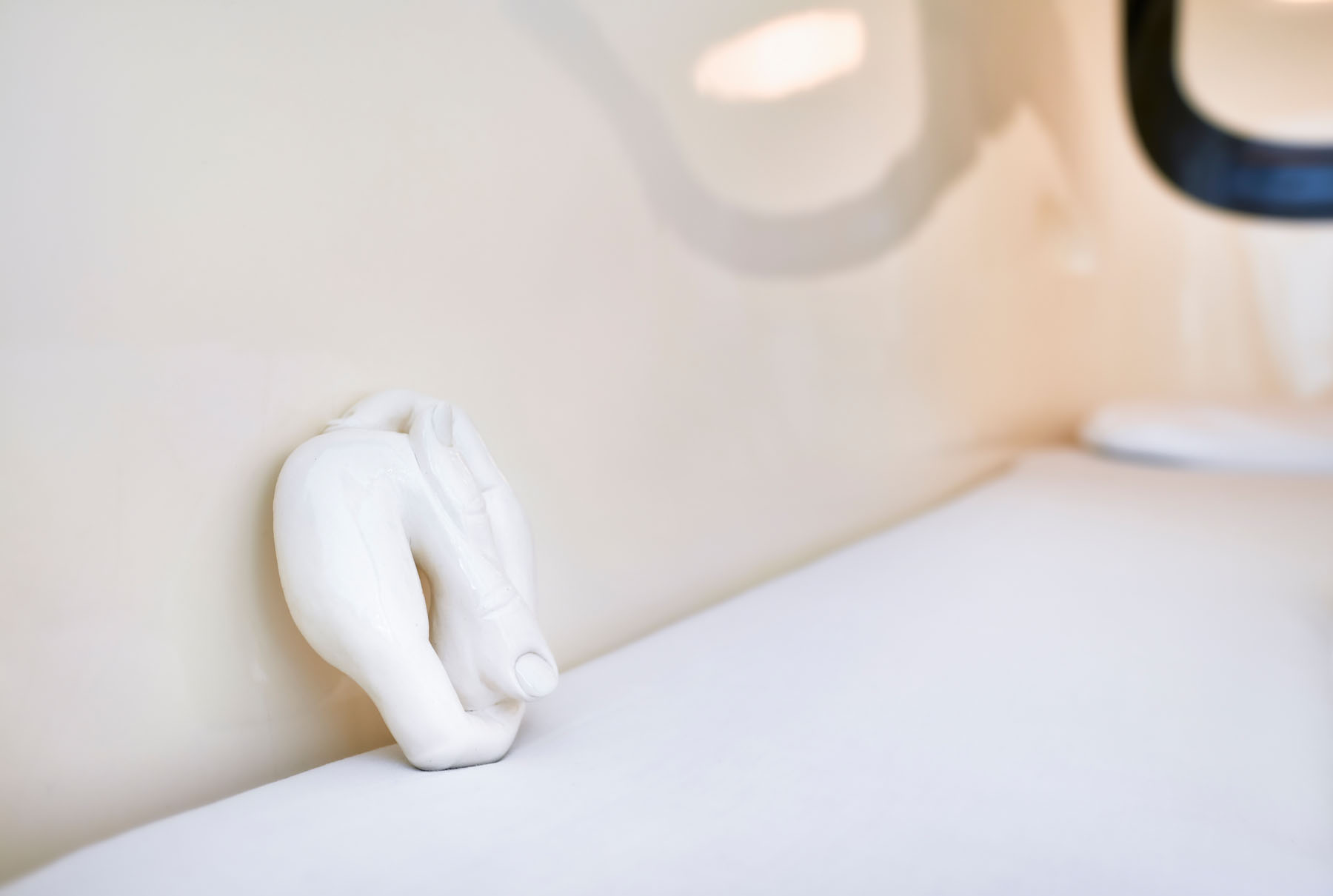
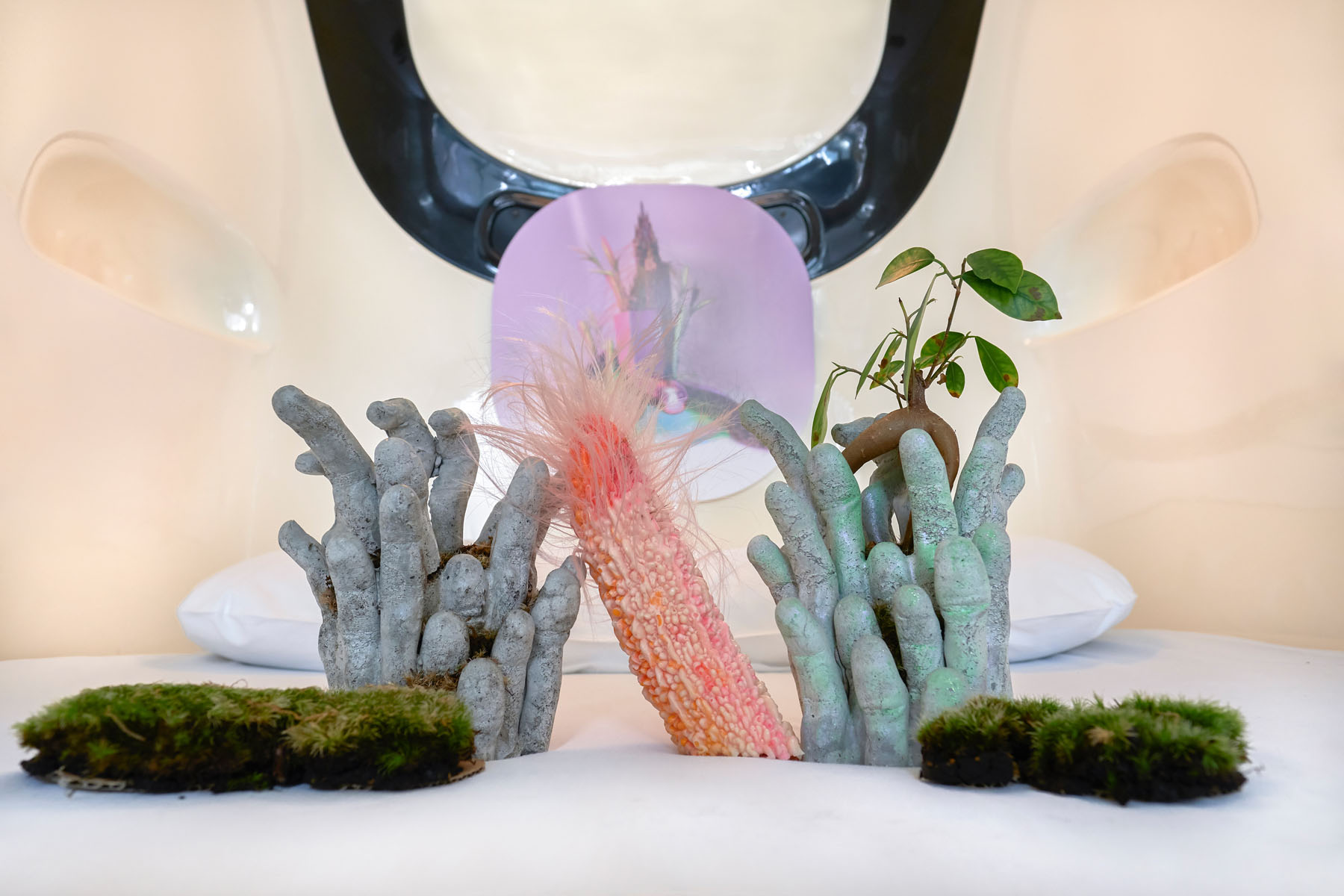
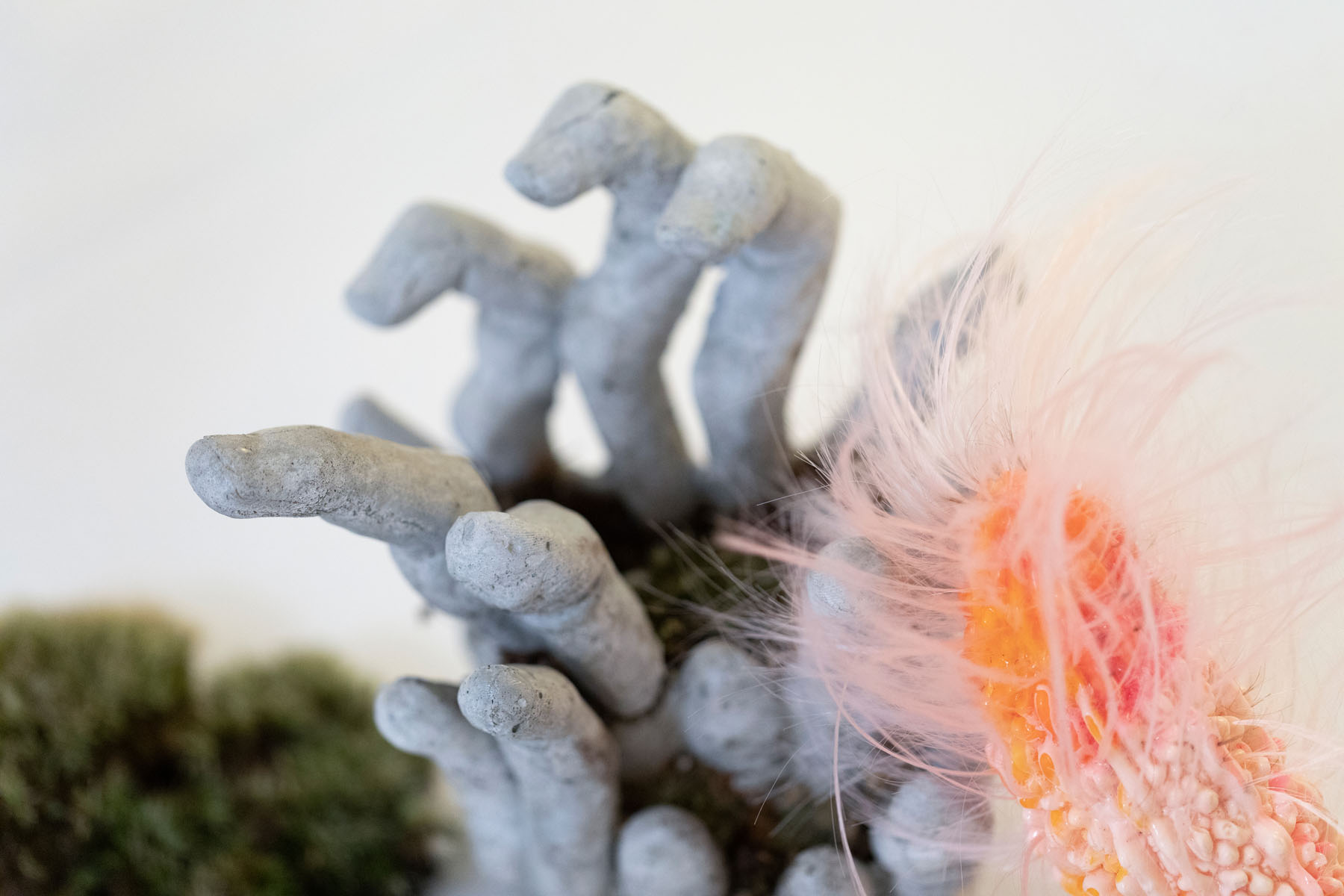
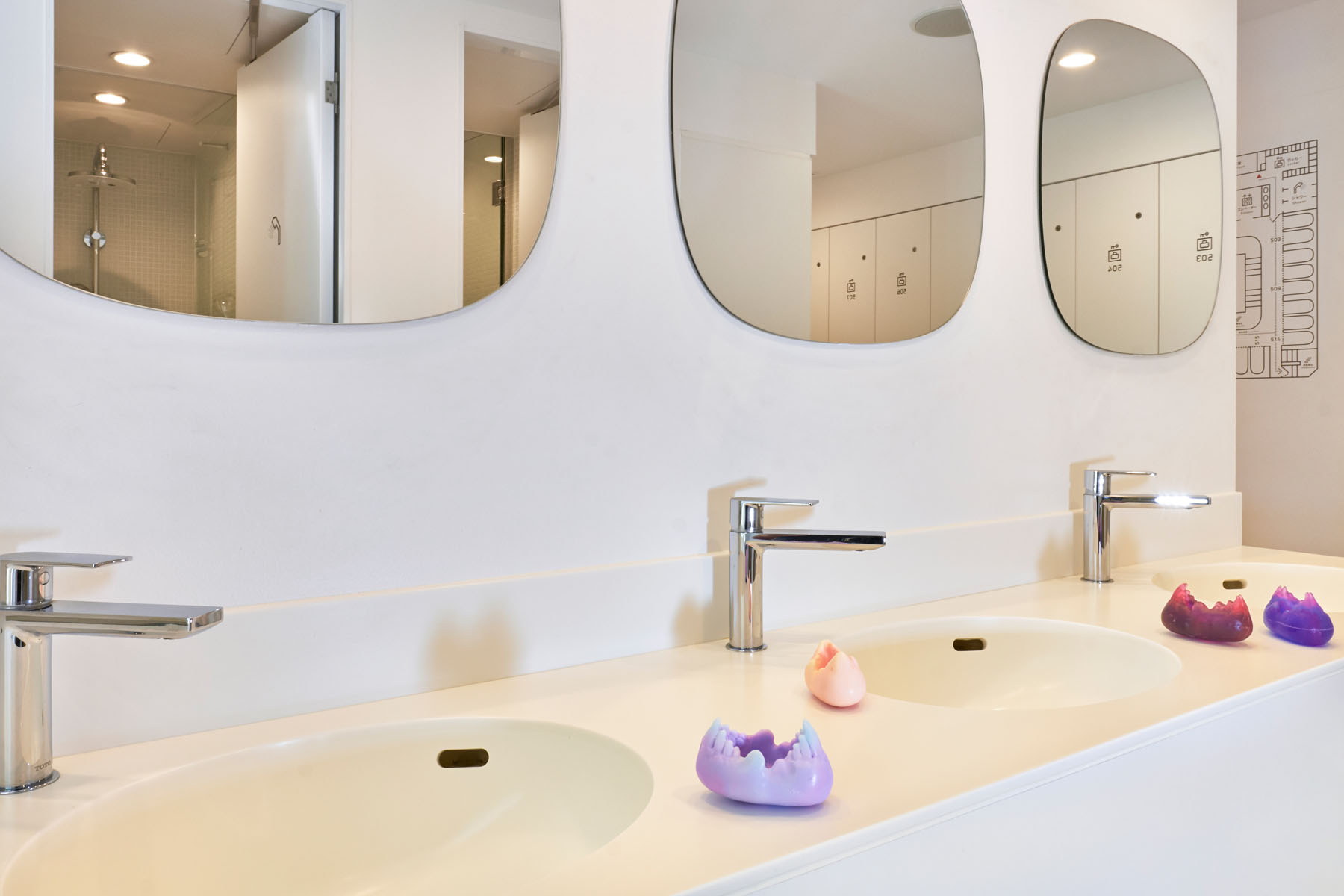
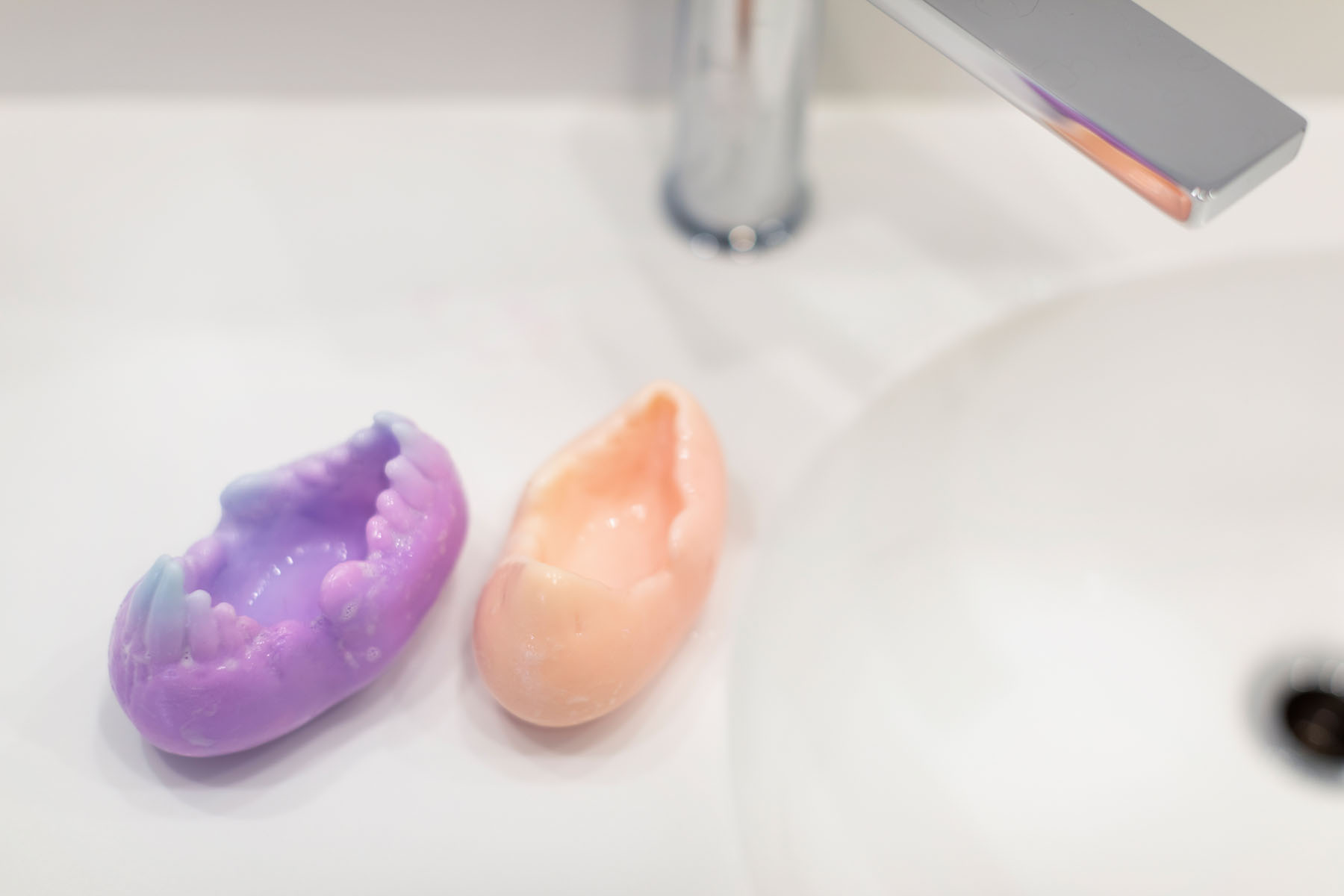
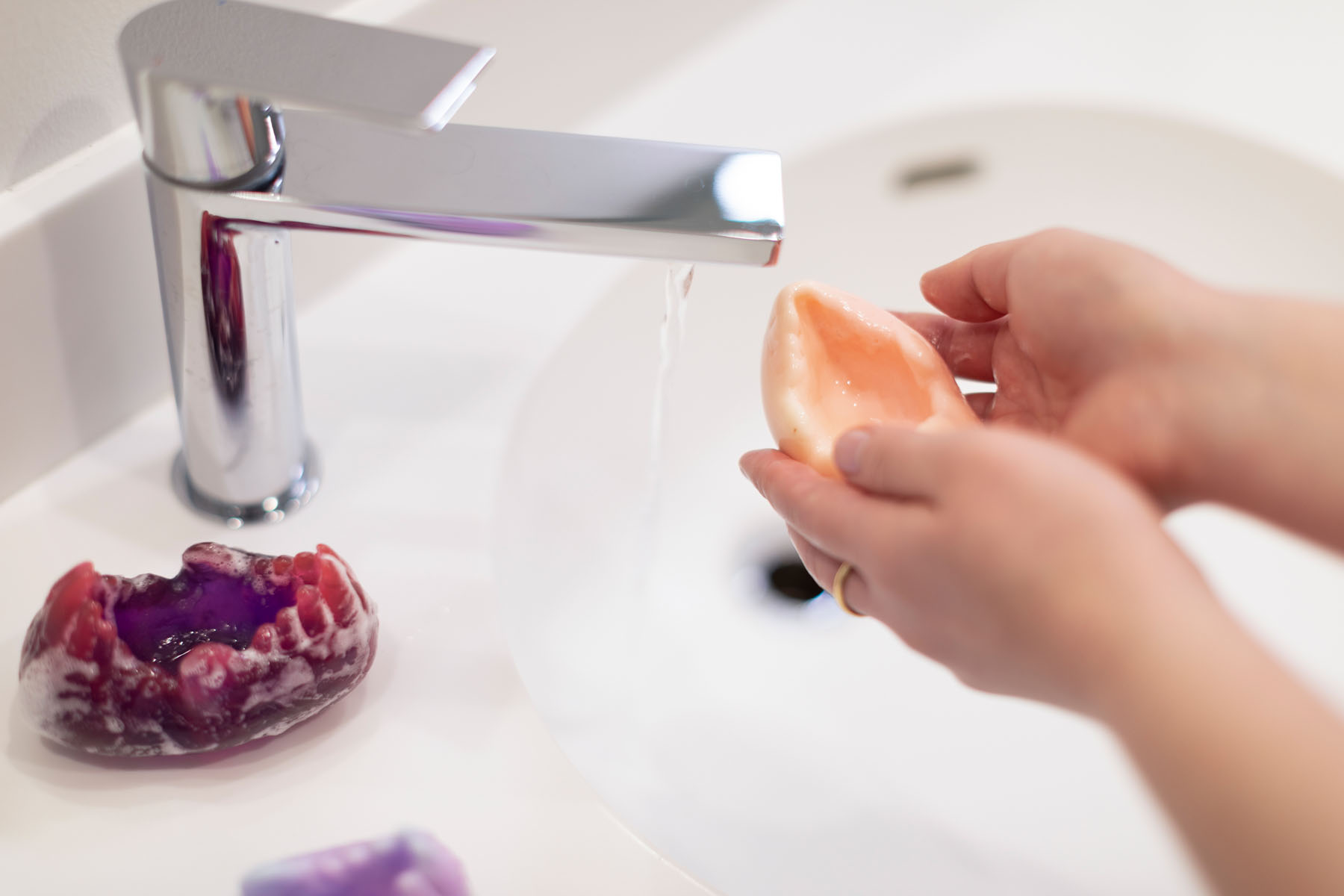
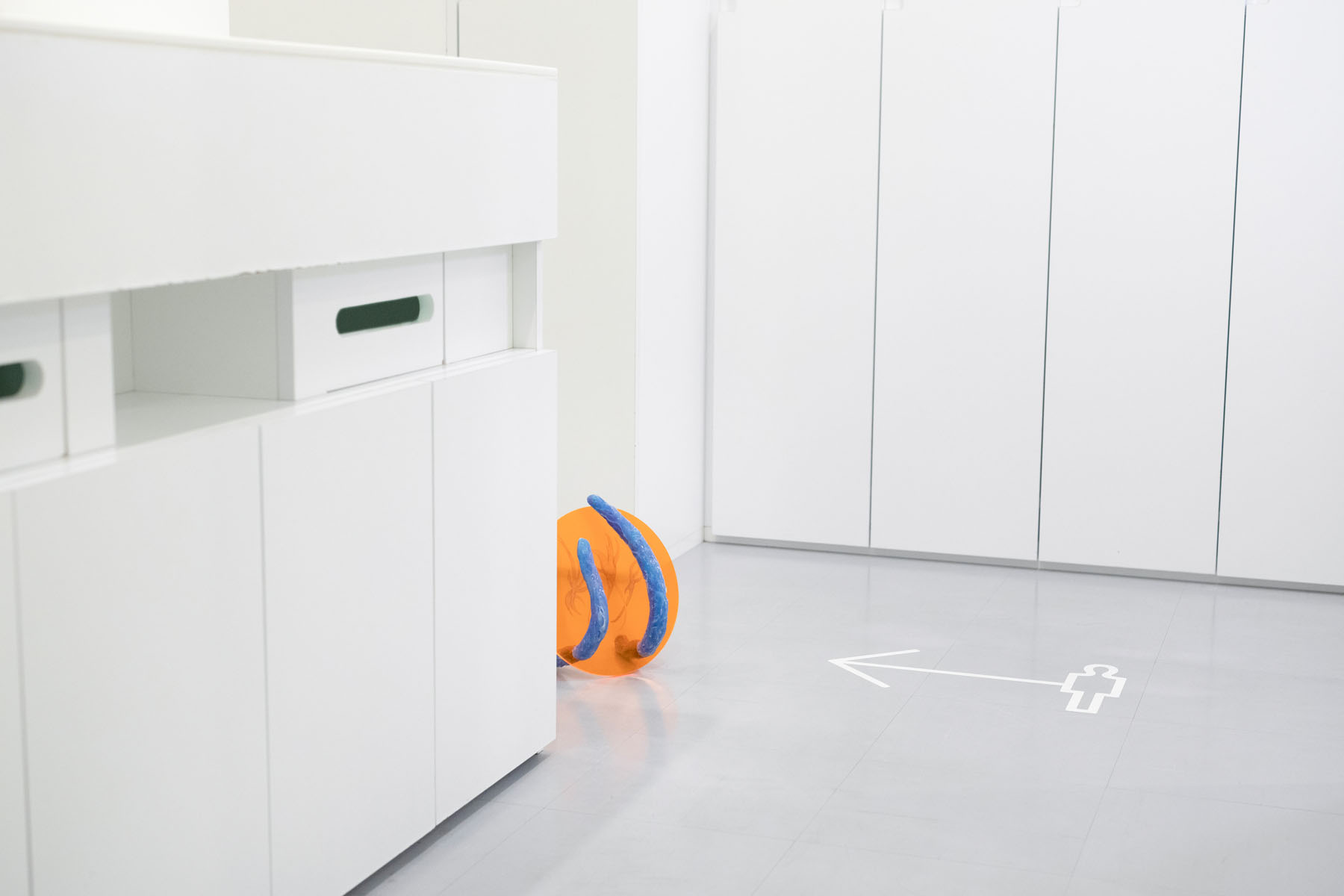
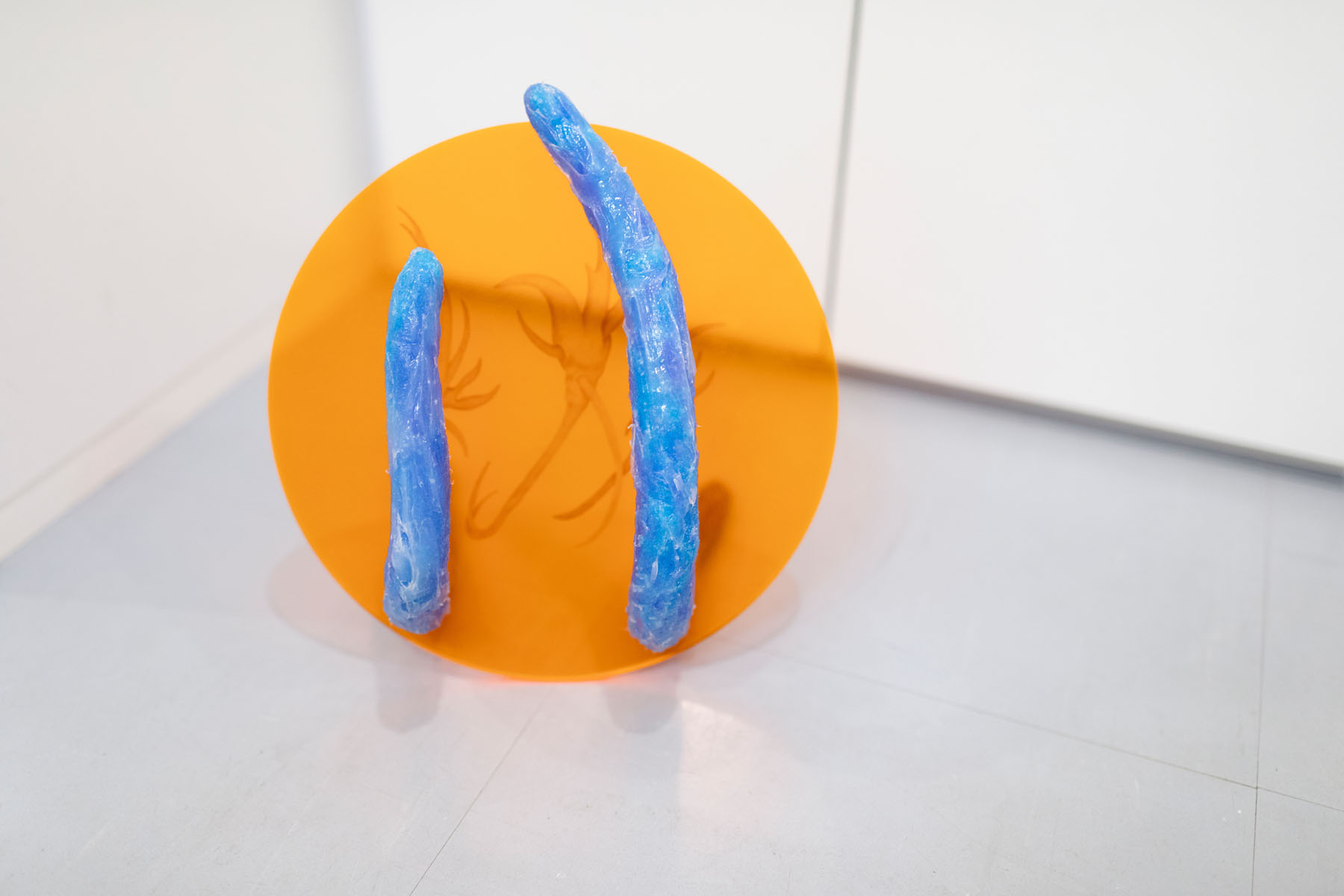
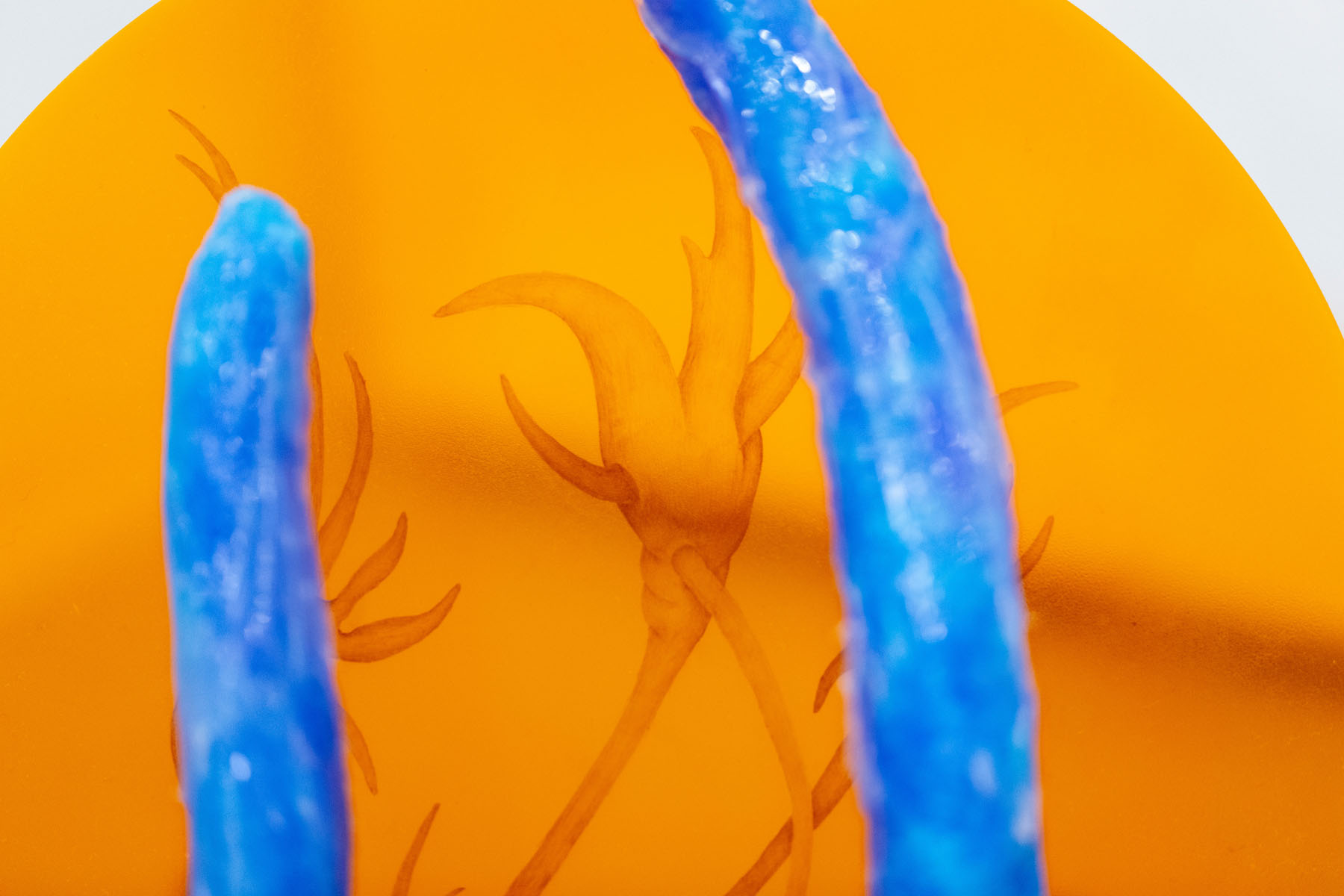
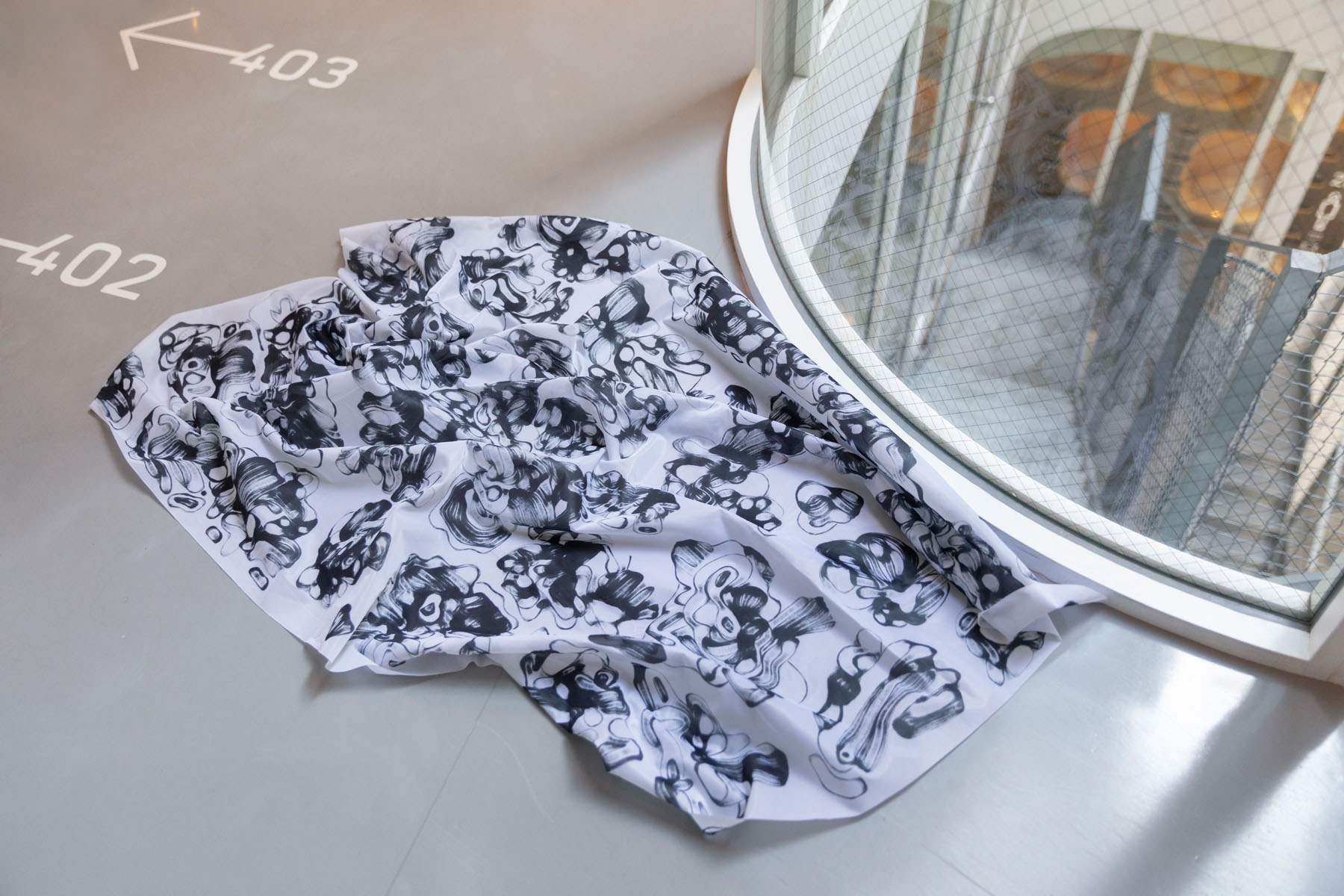
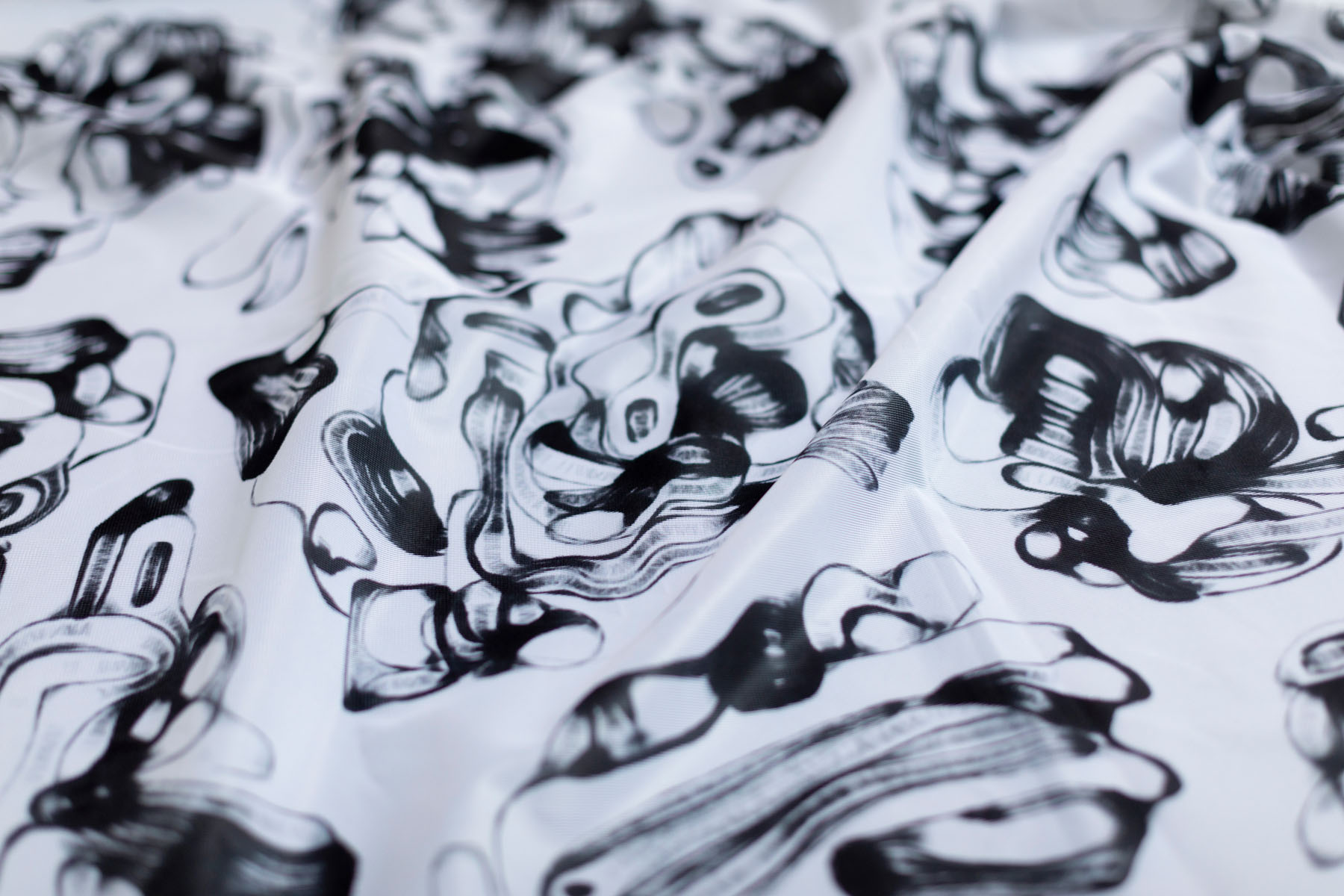
Previous Articles
OFLUXO is proudly powered by WordPress
